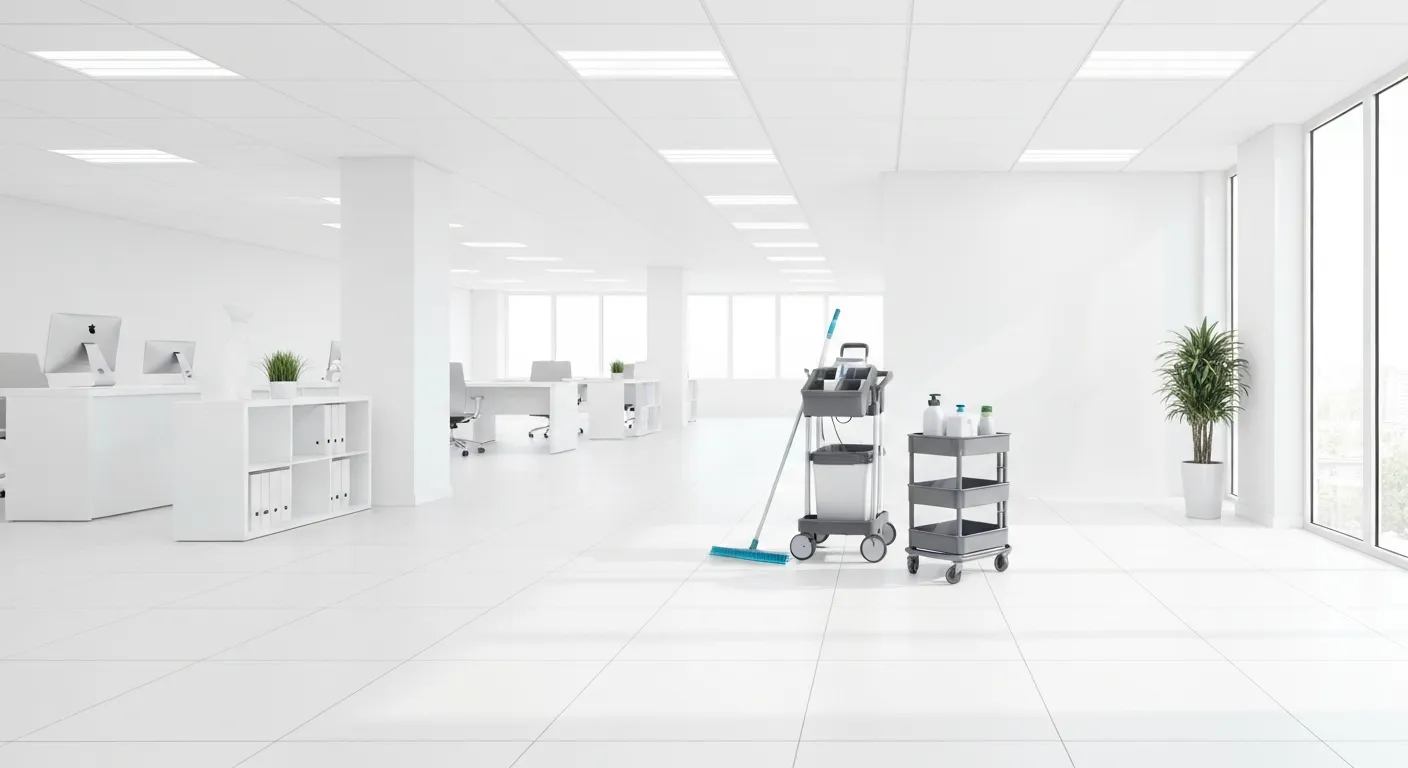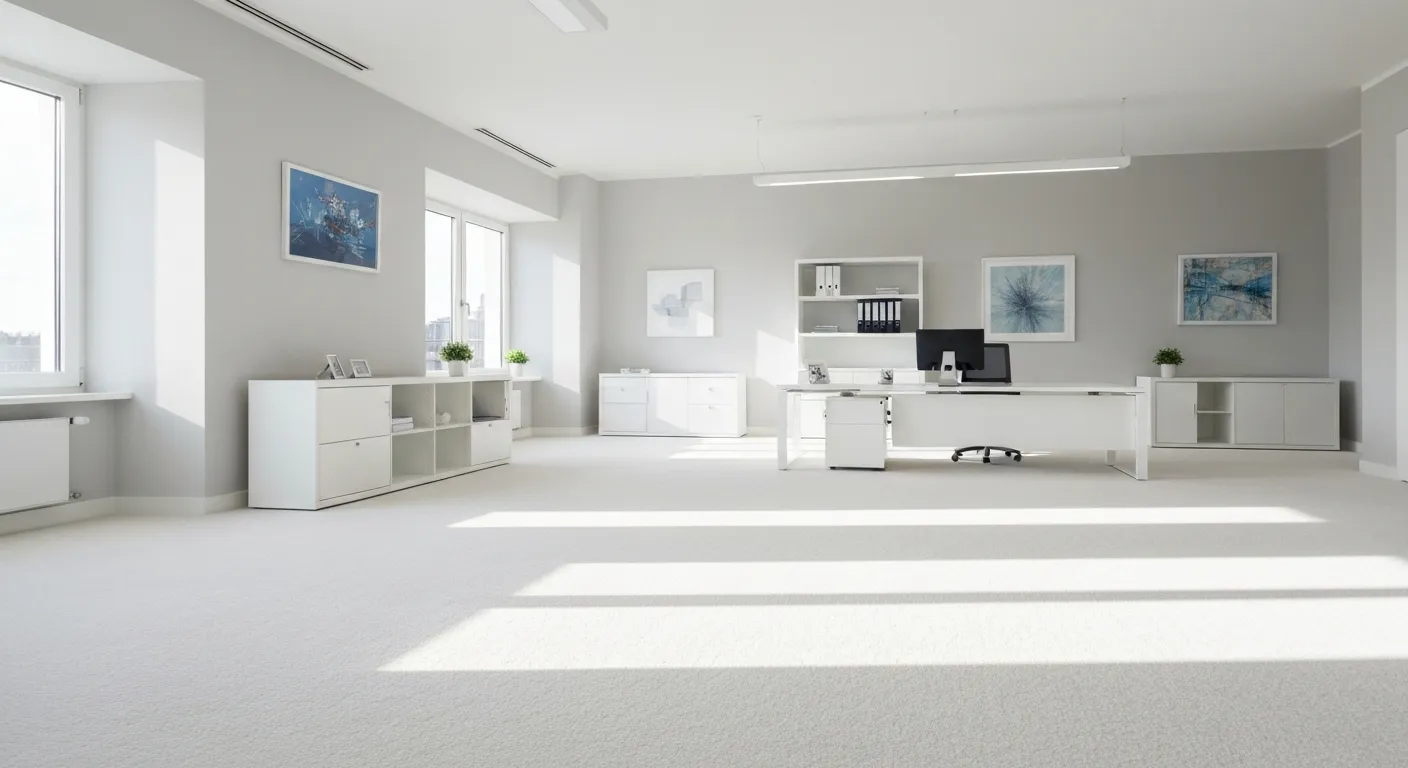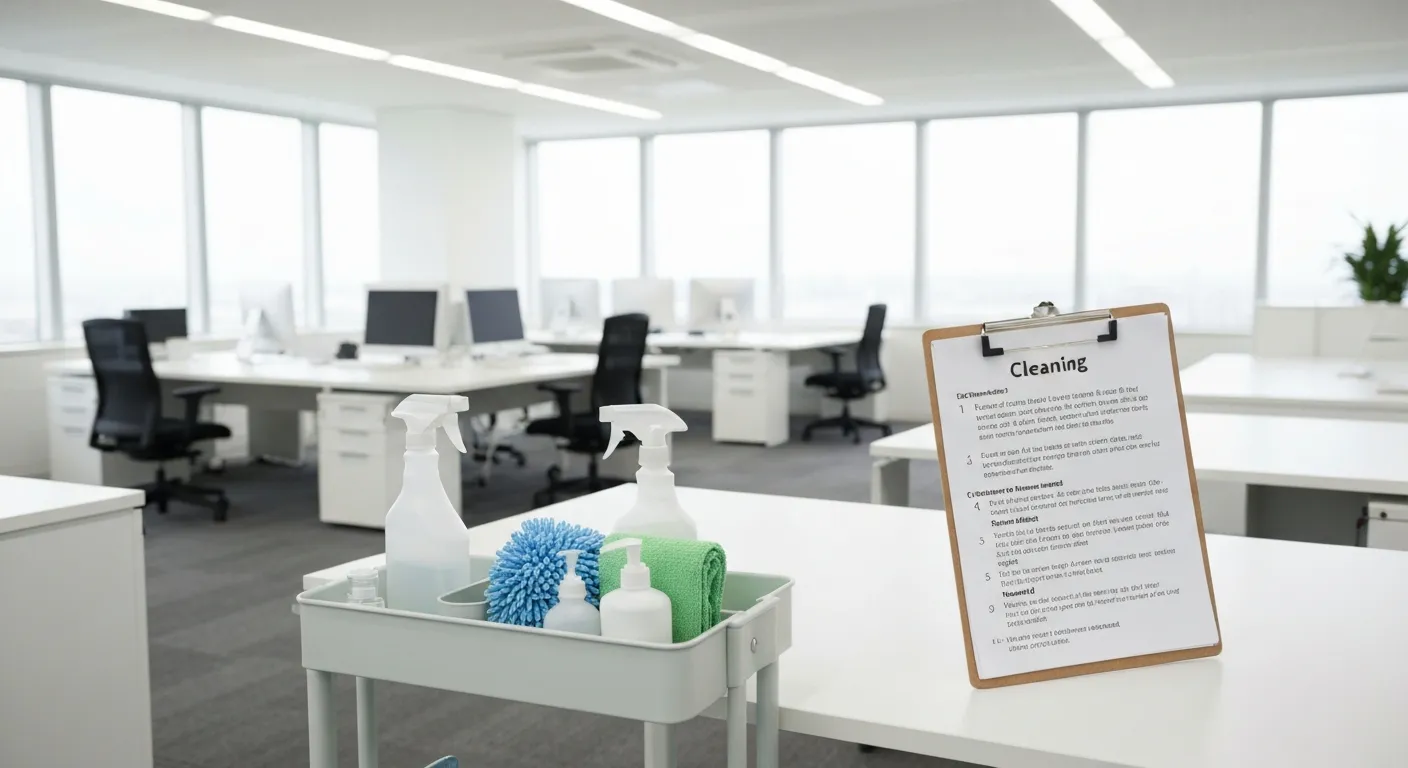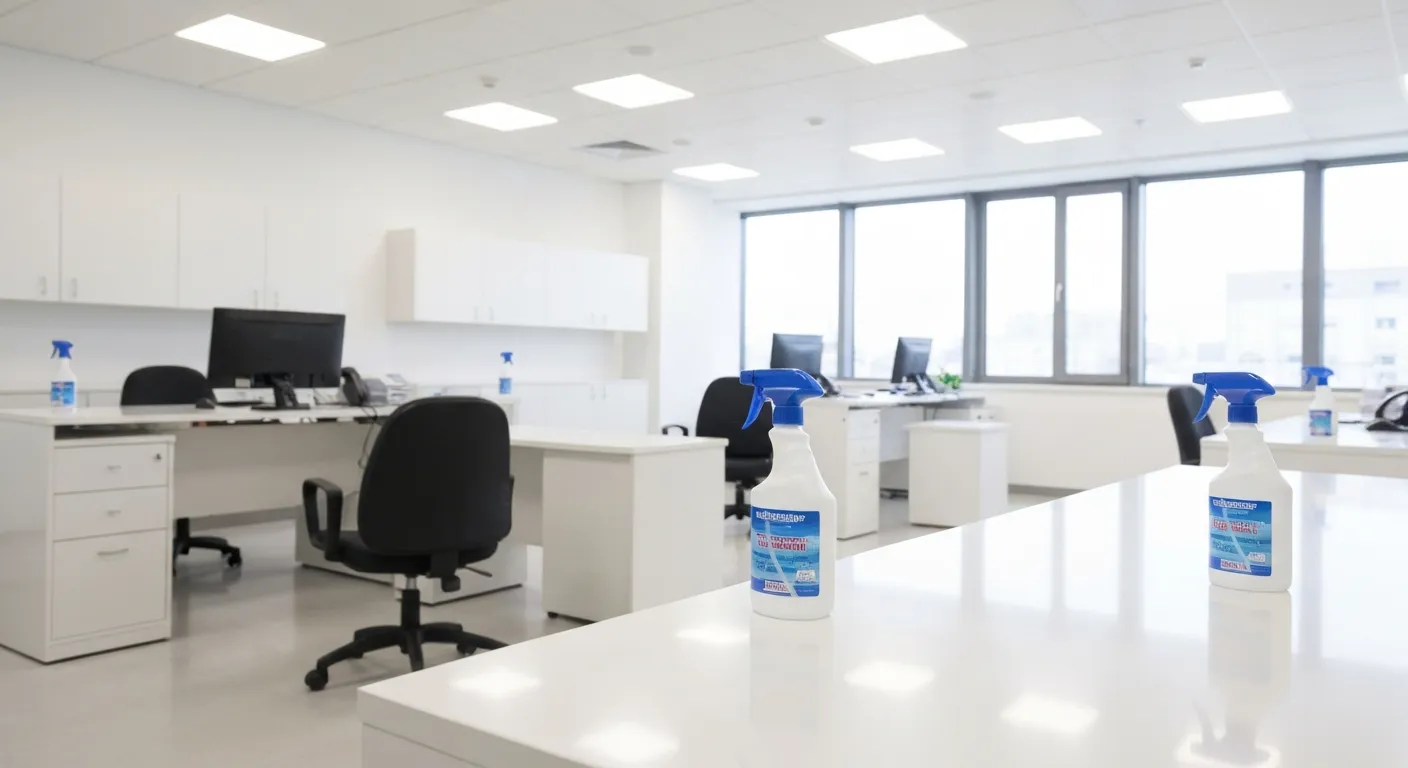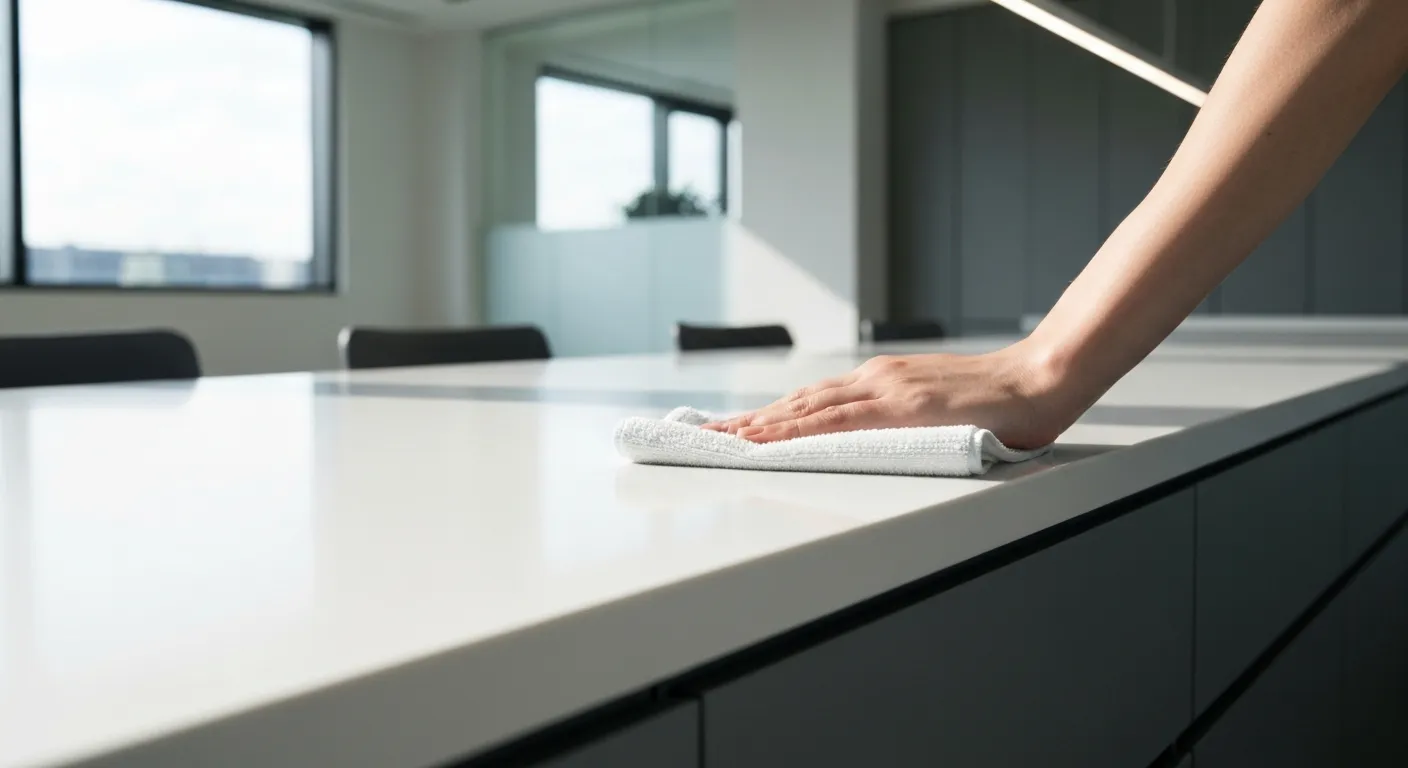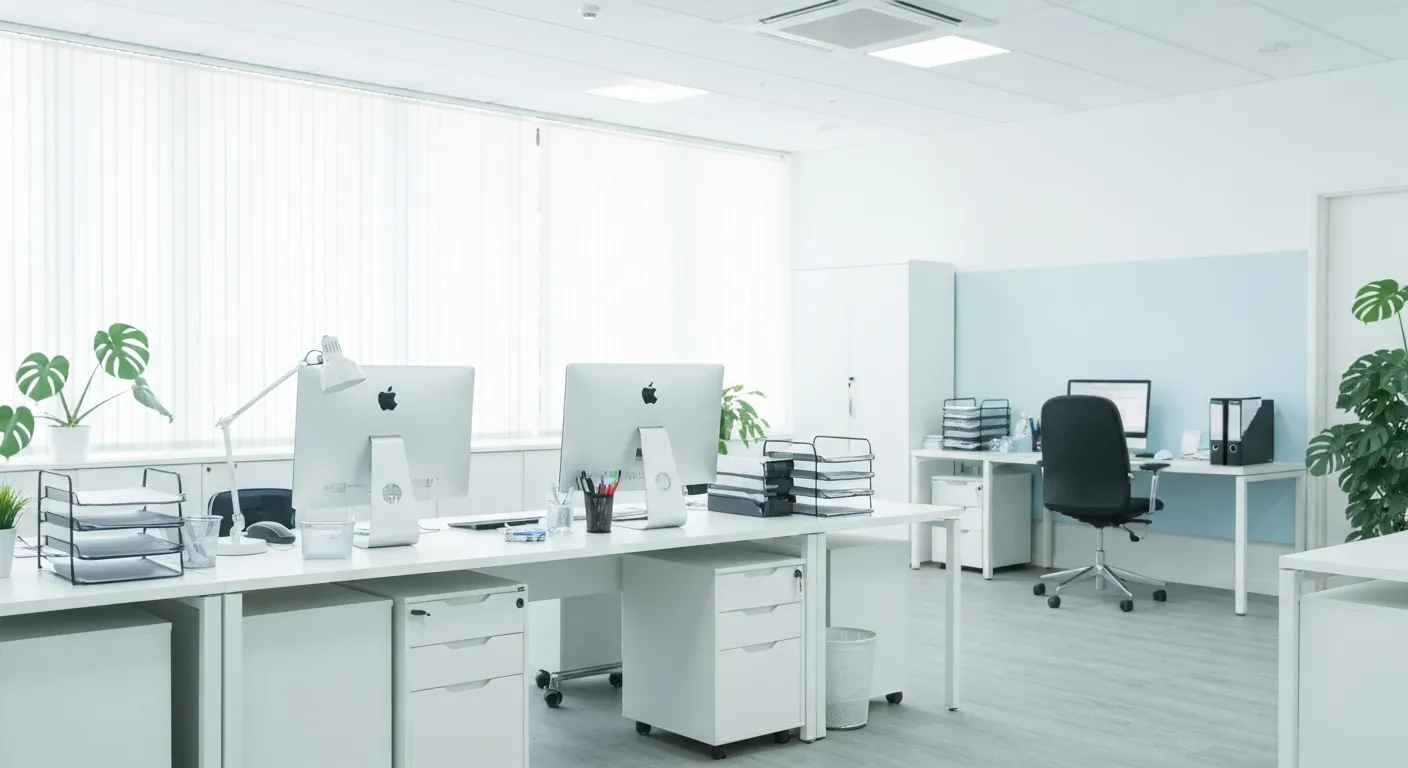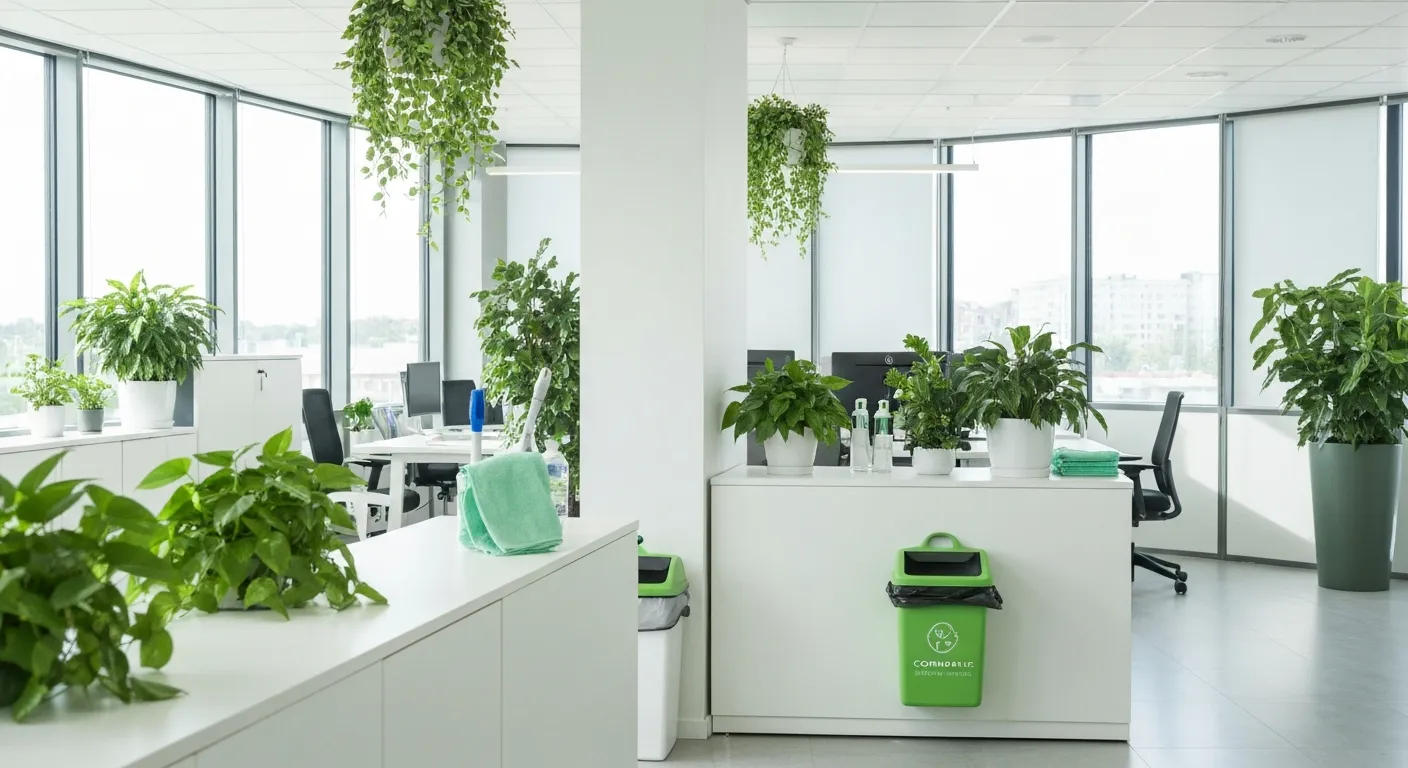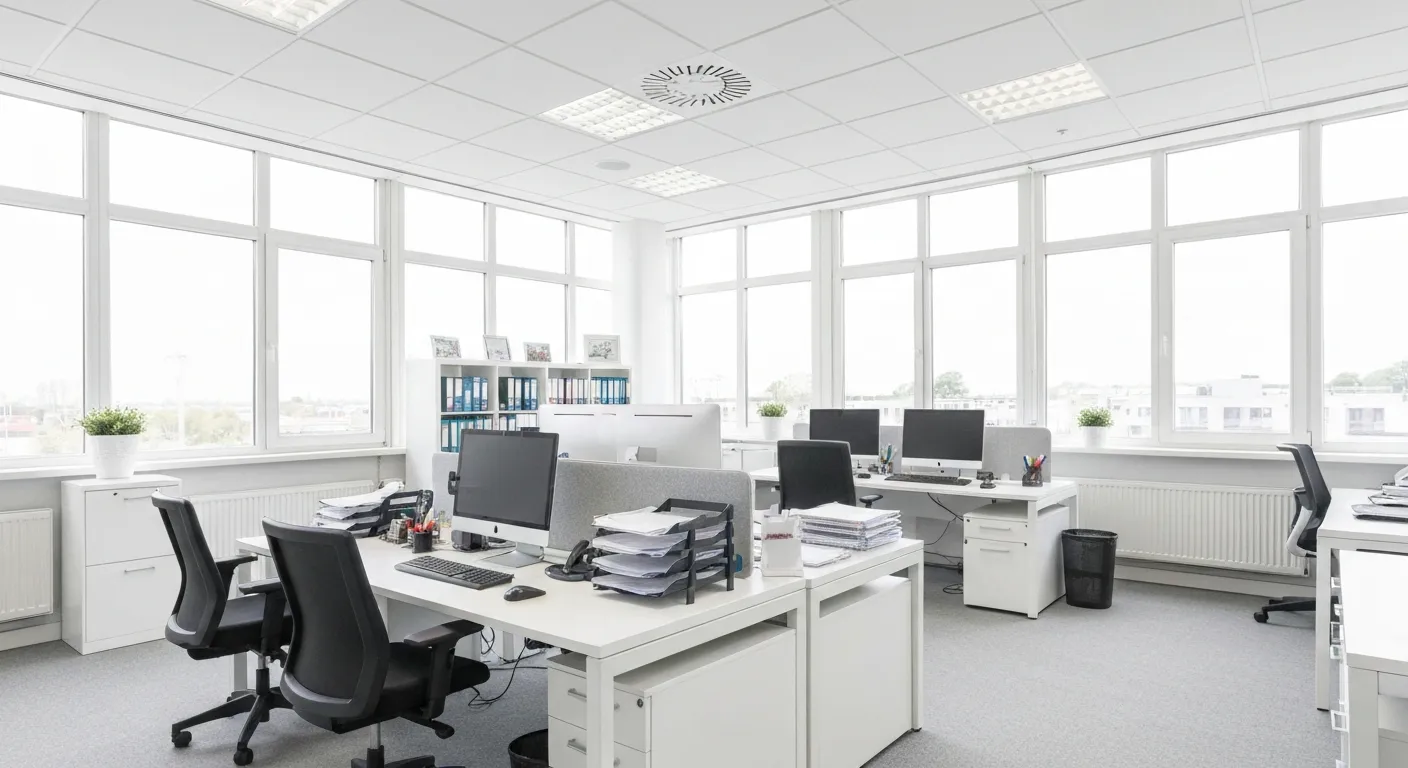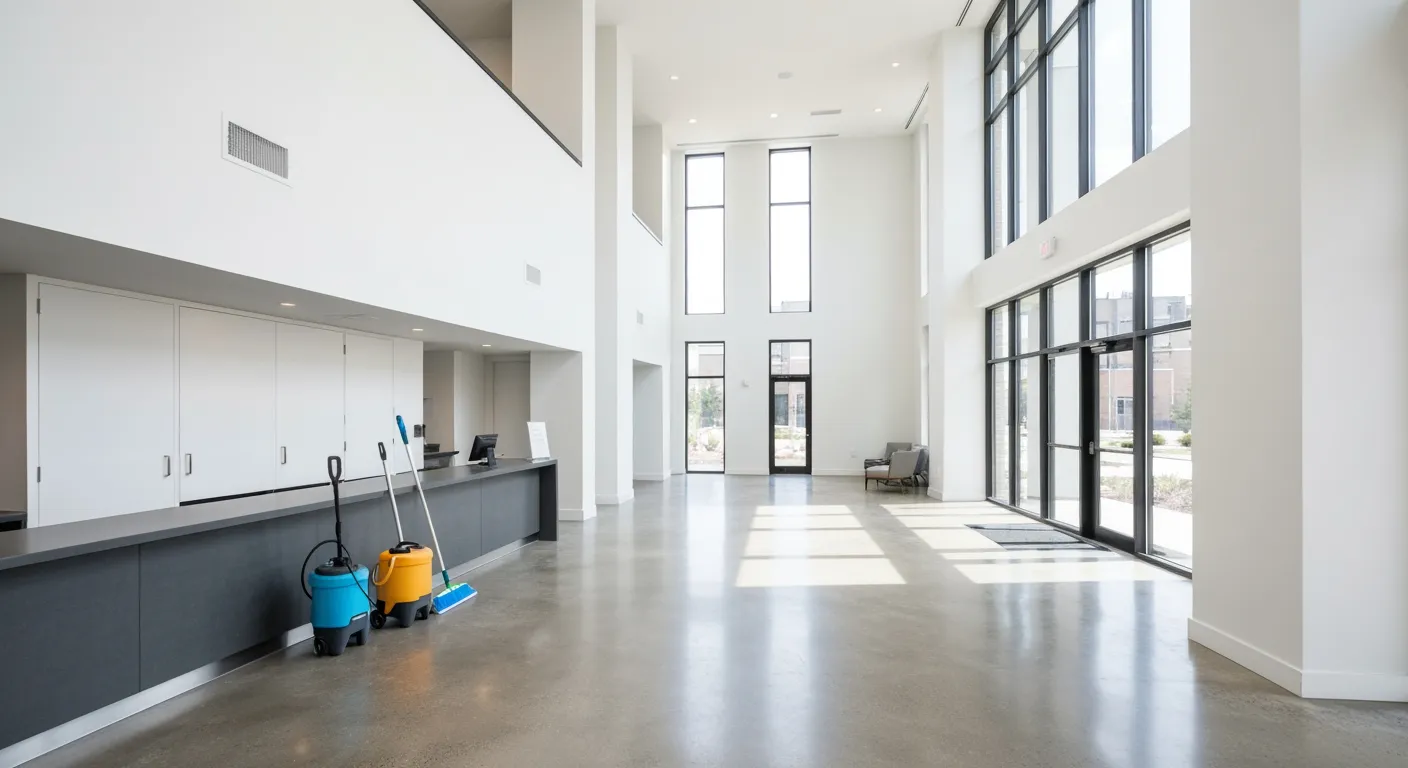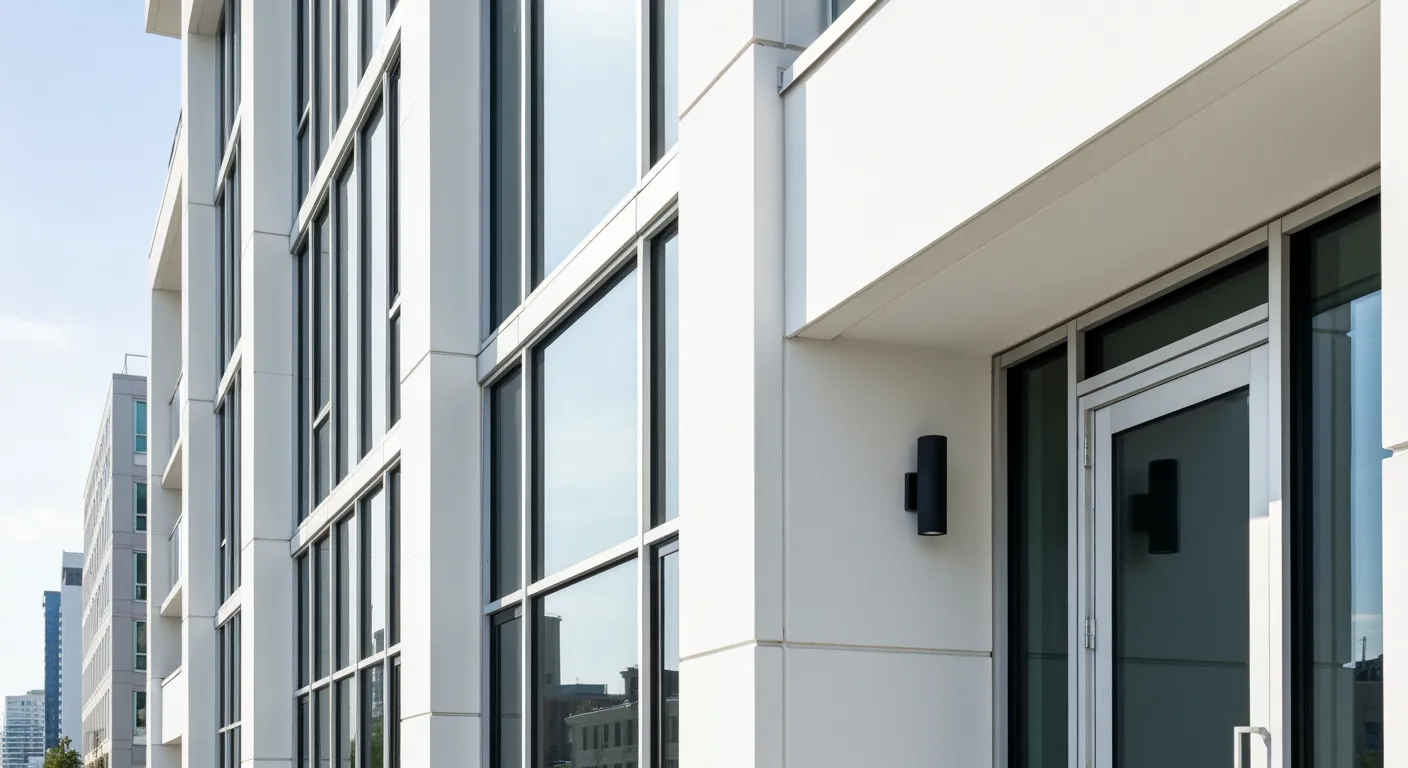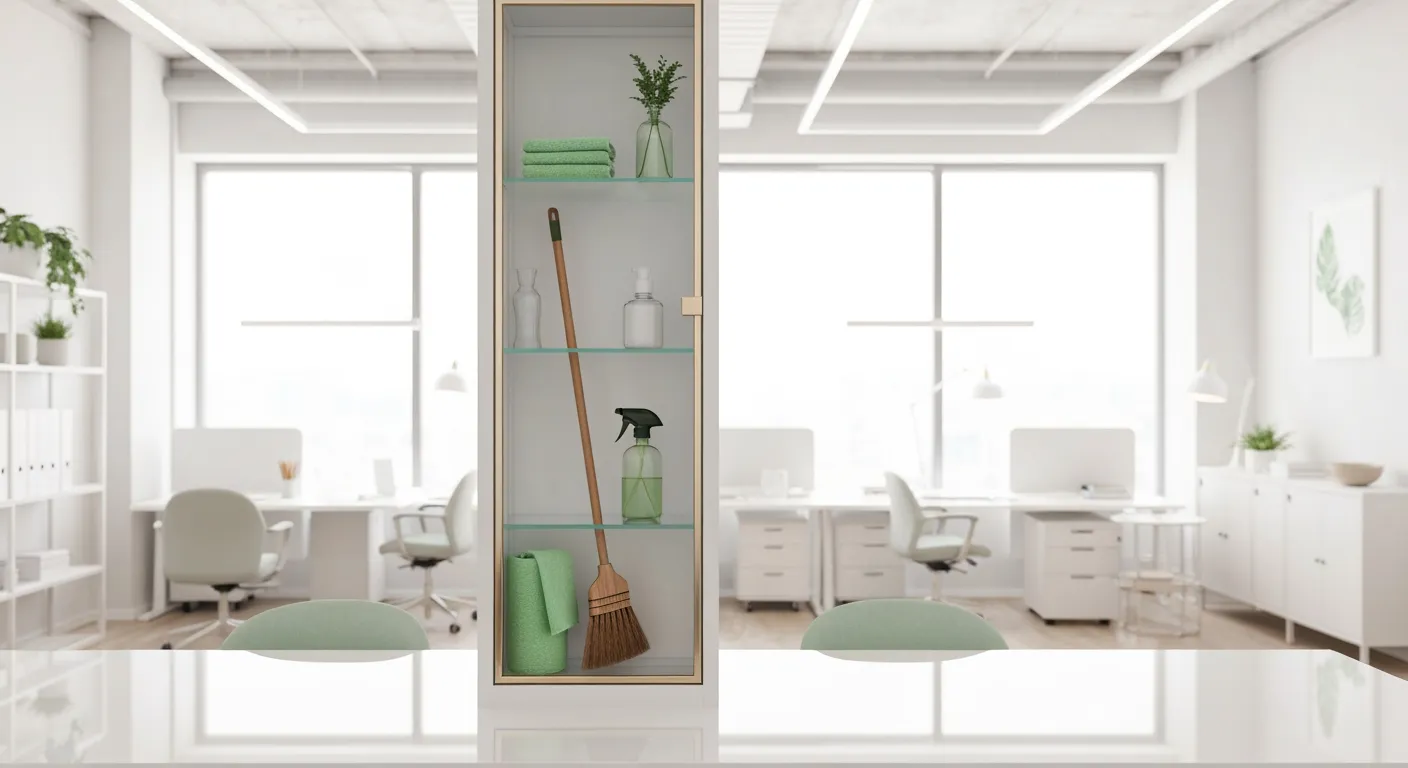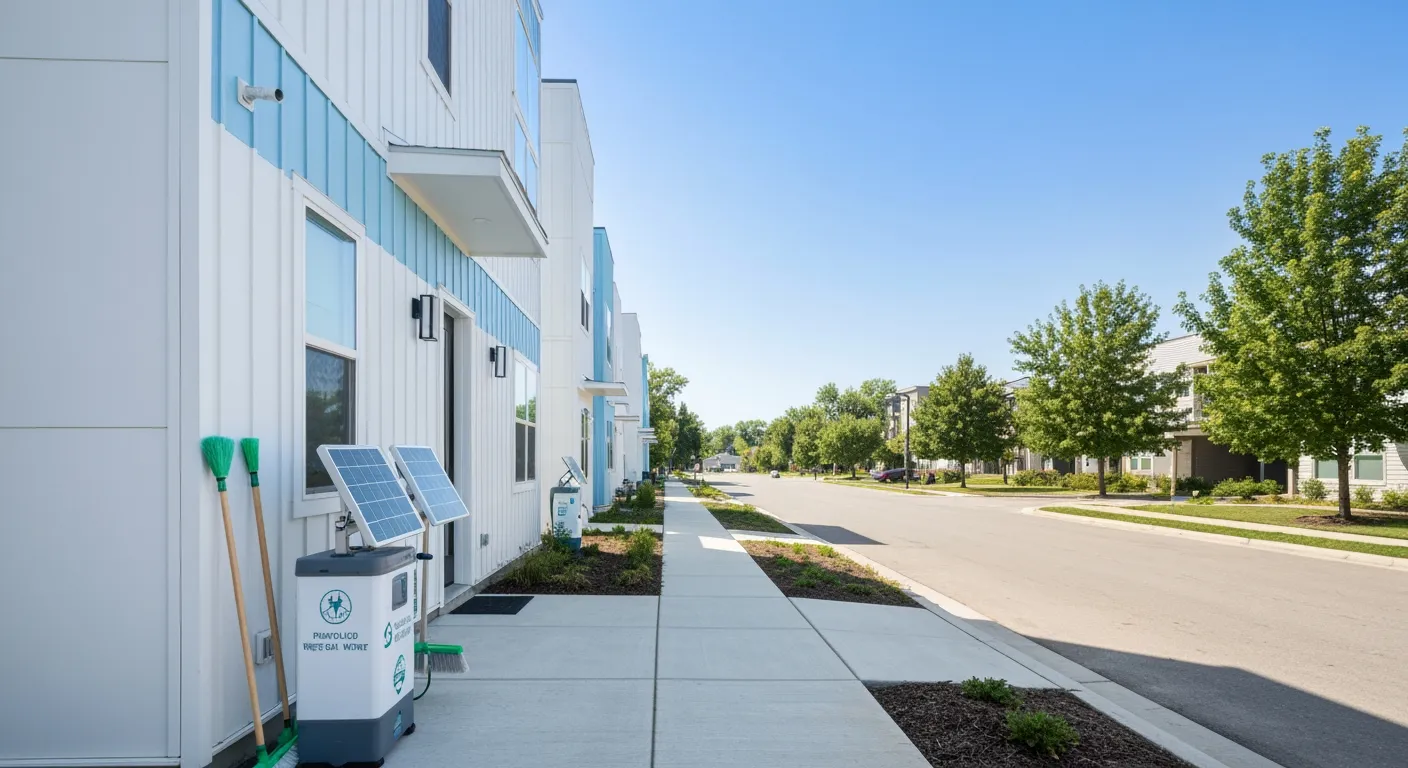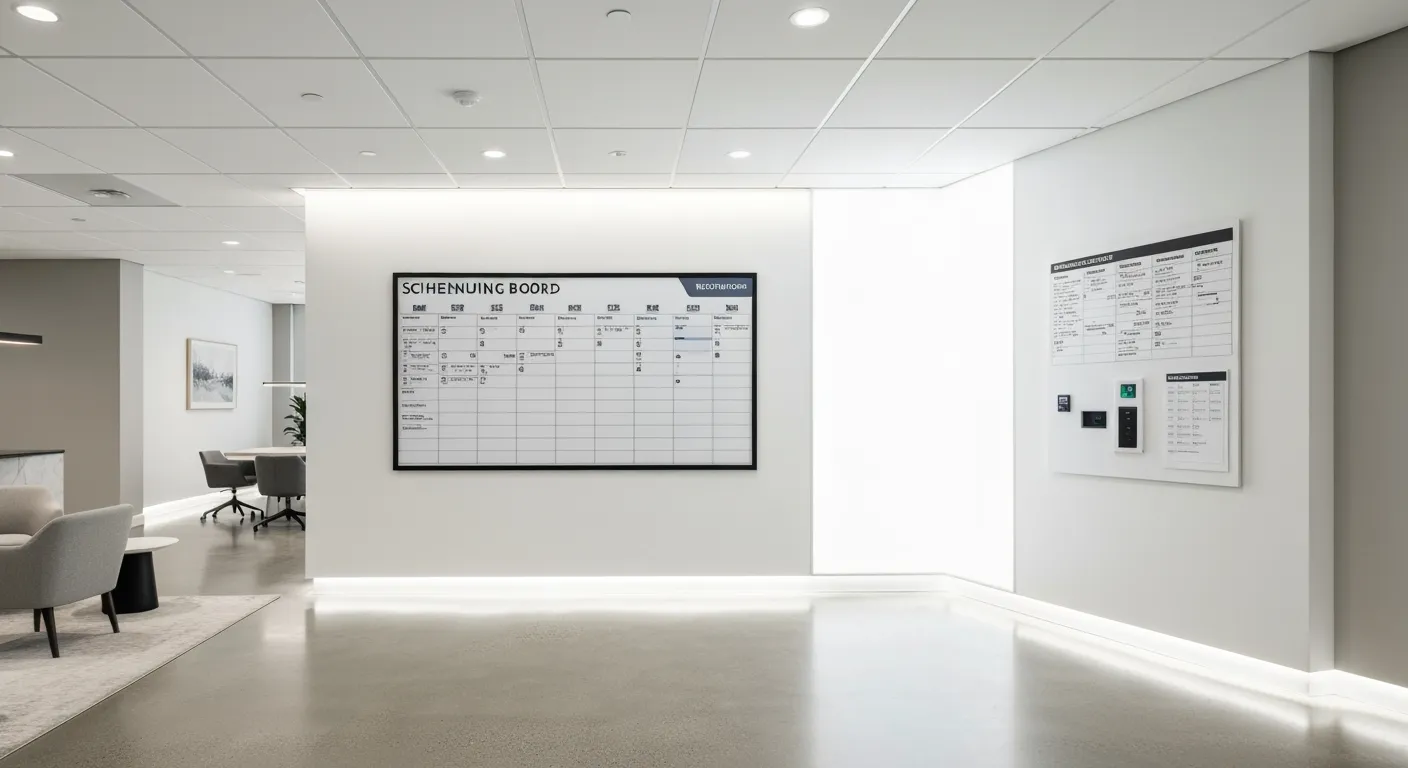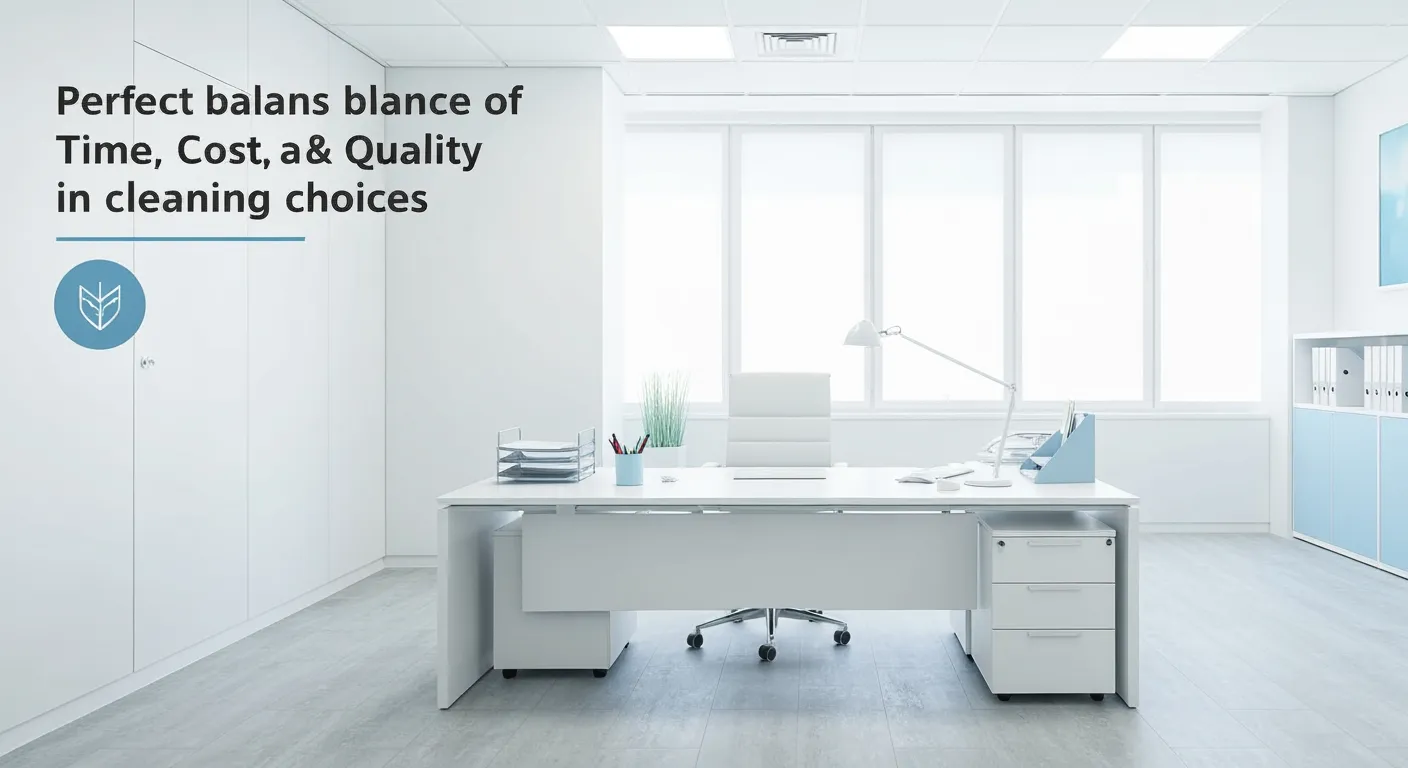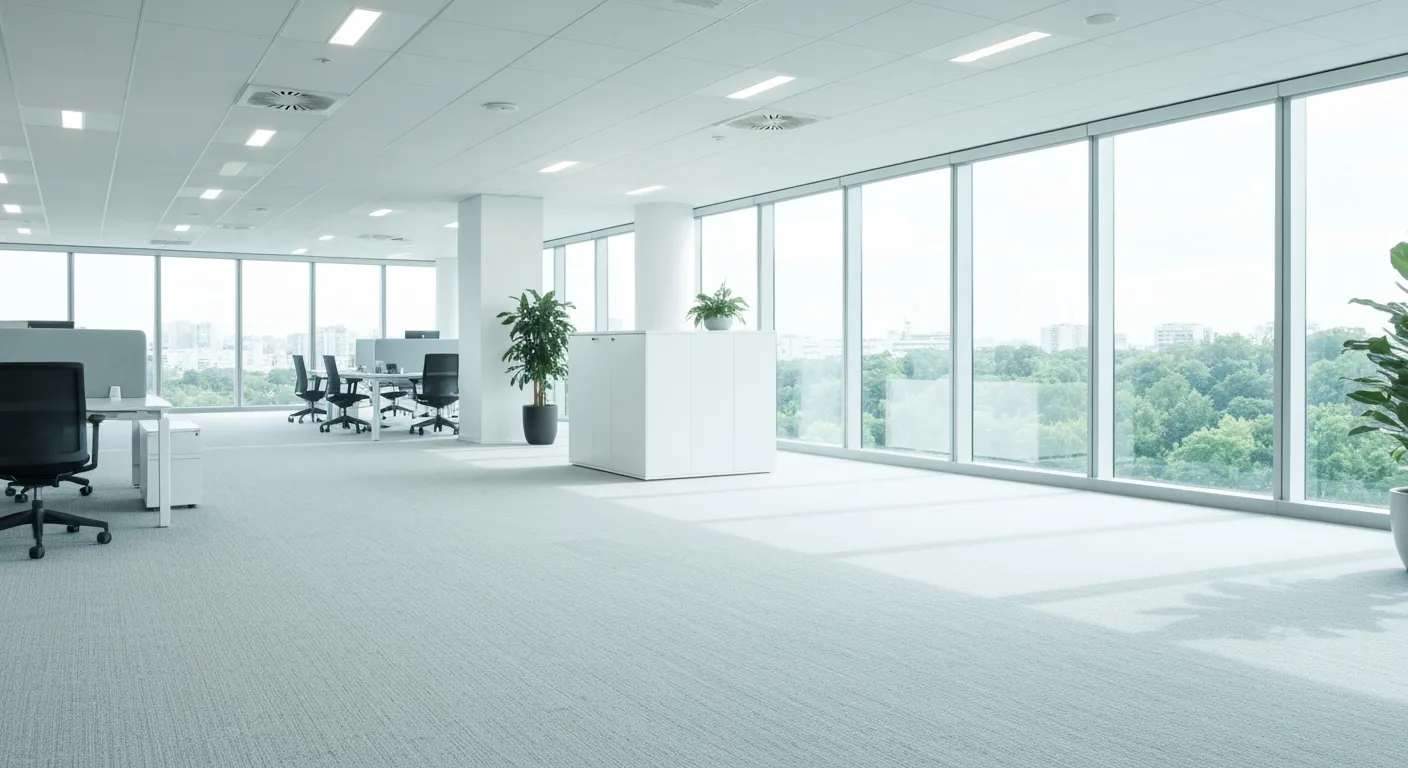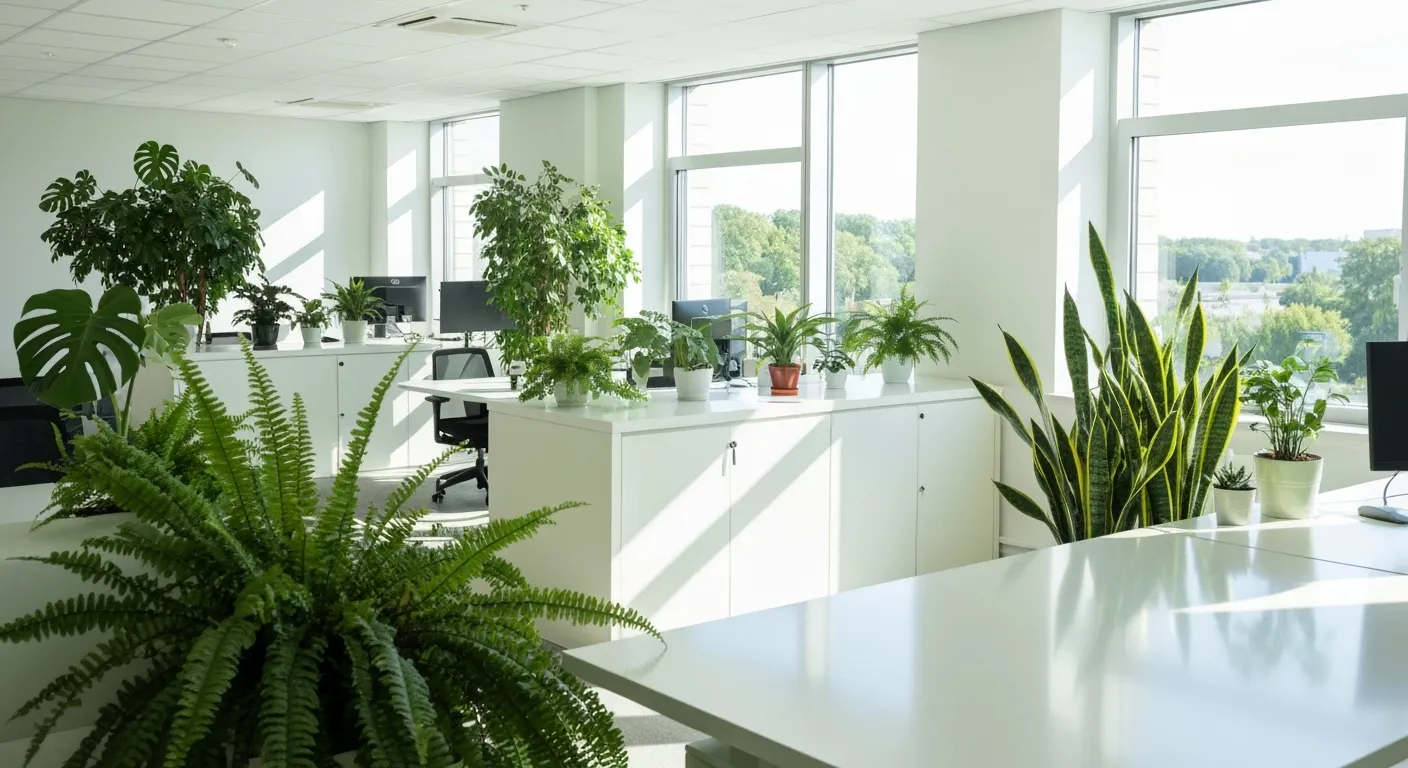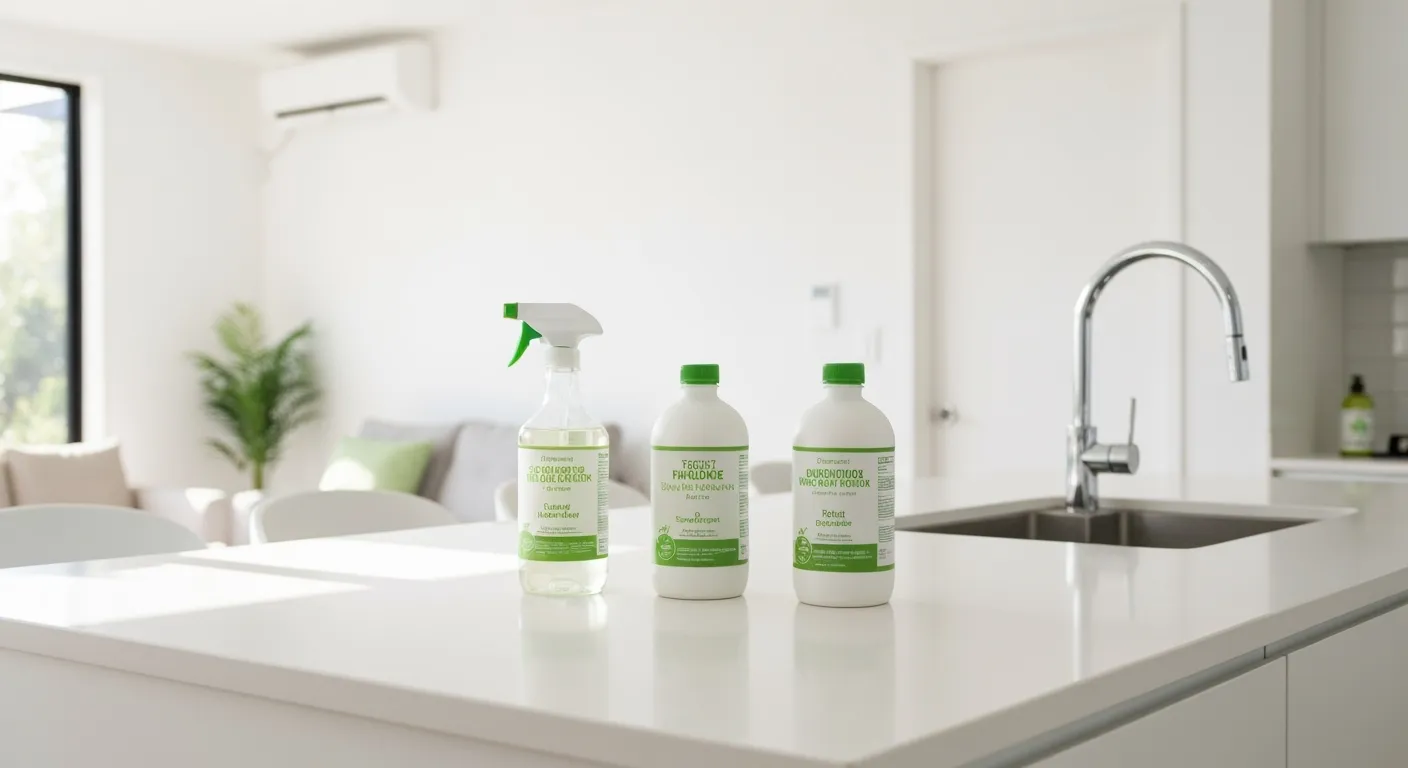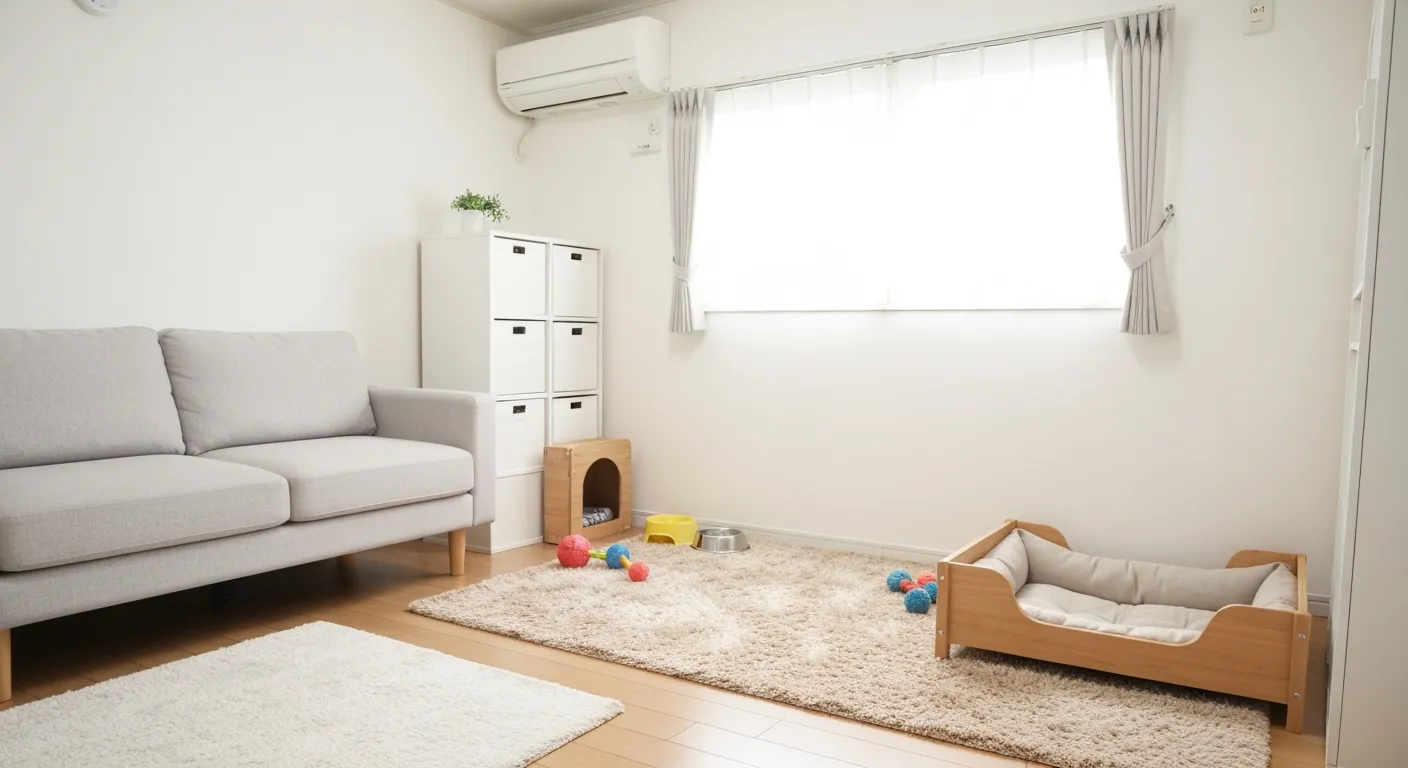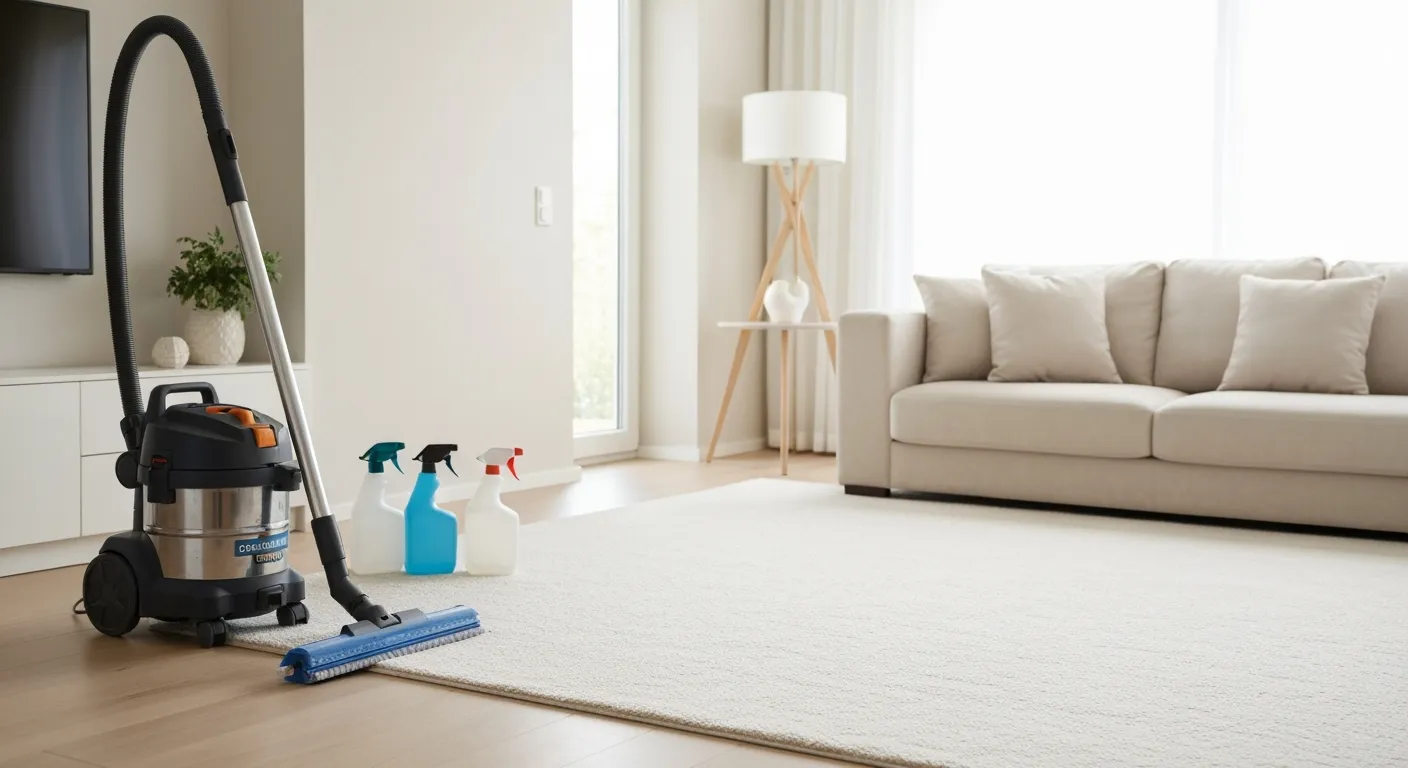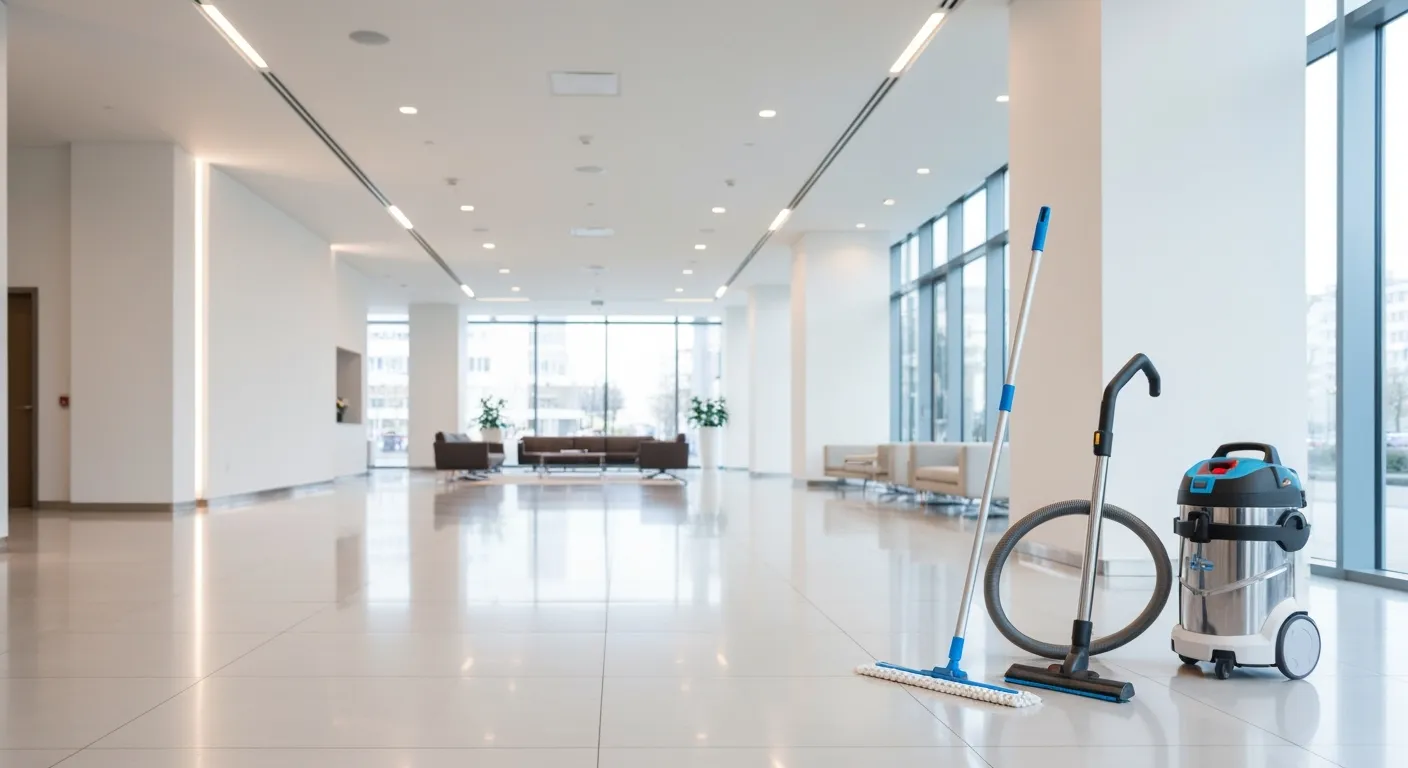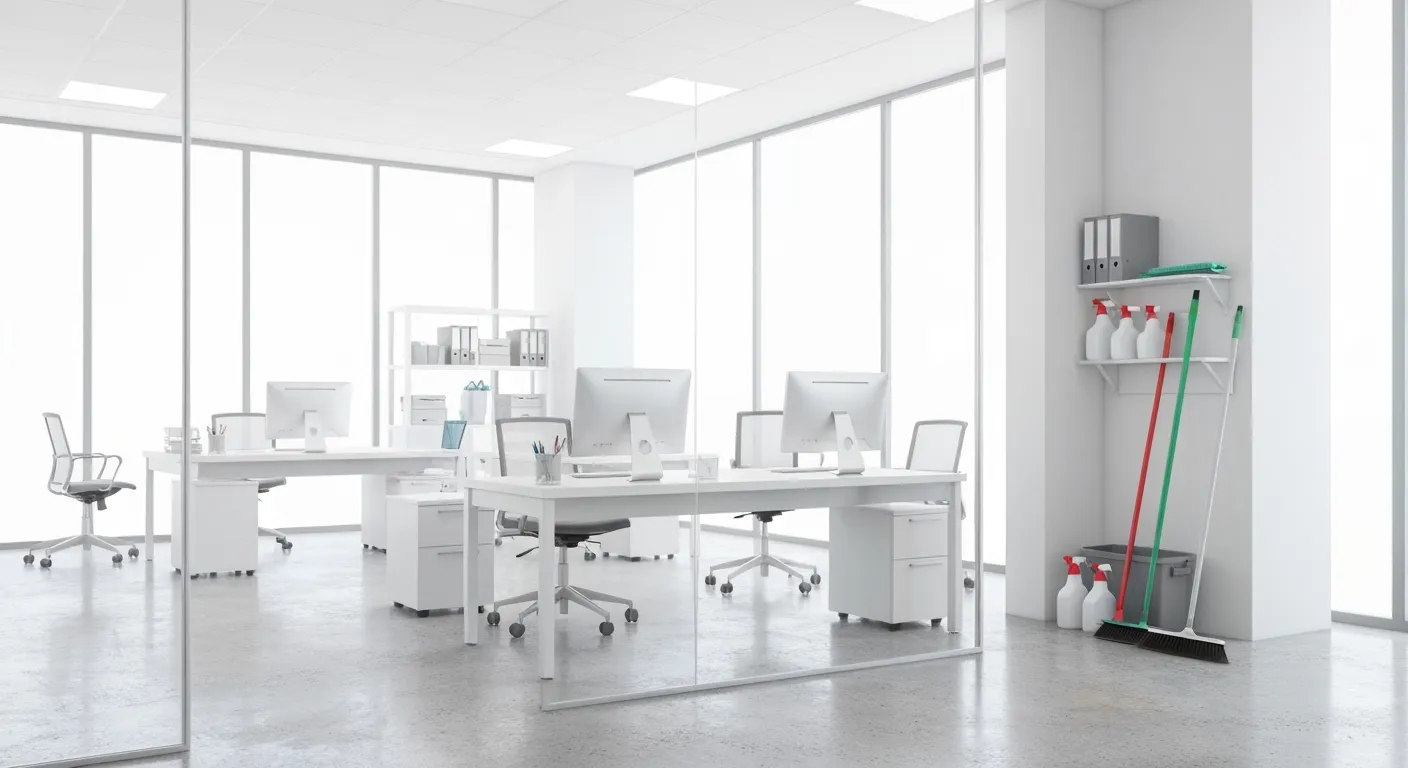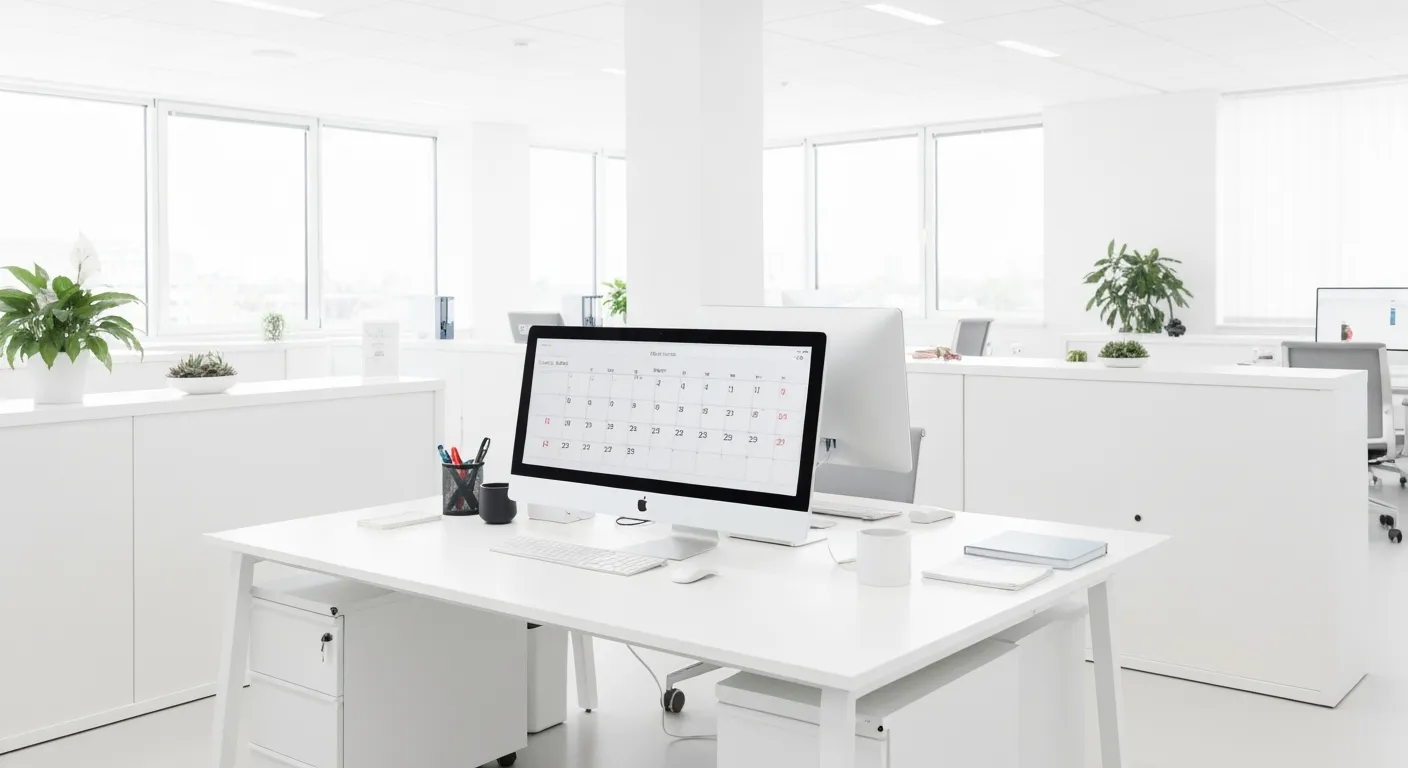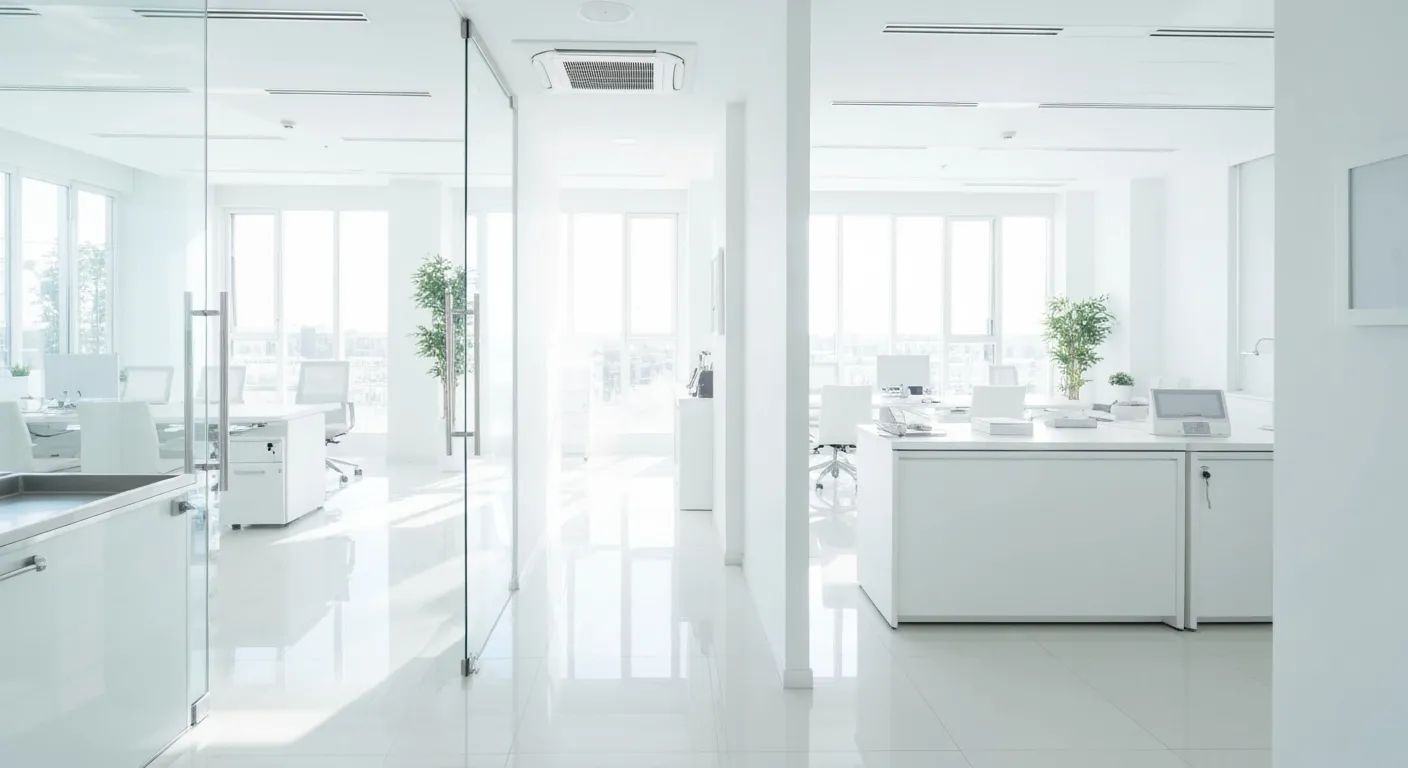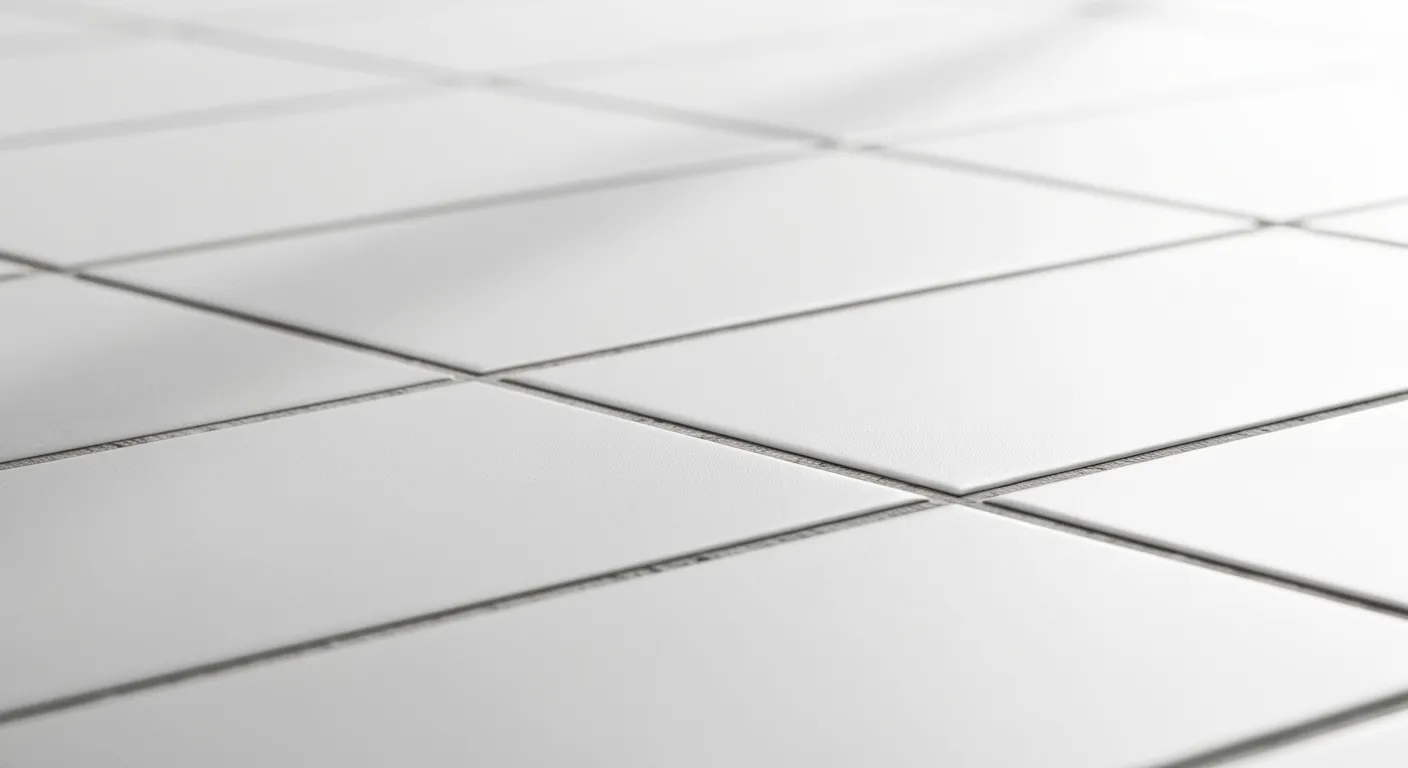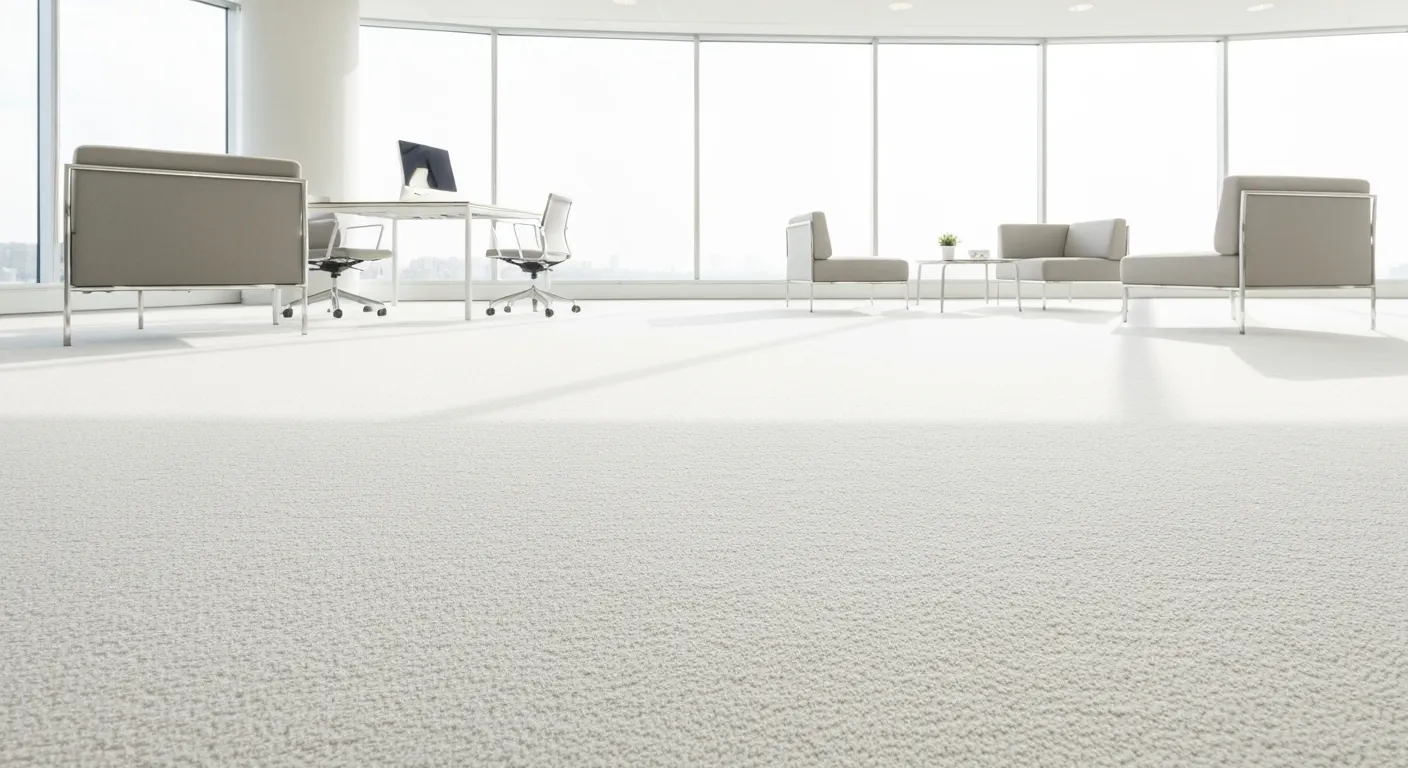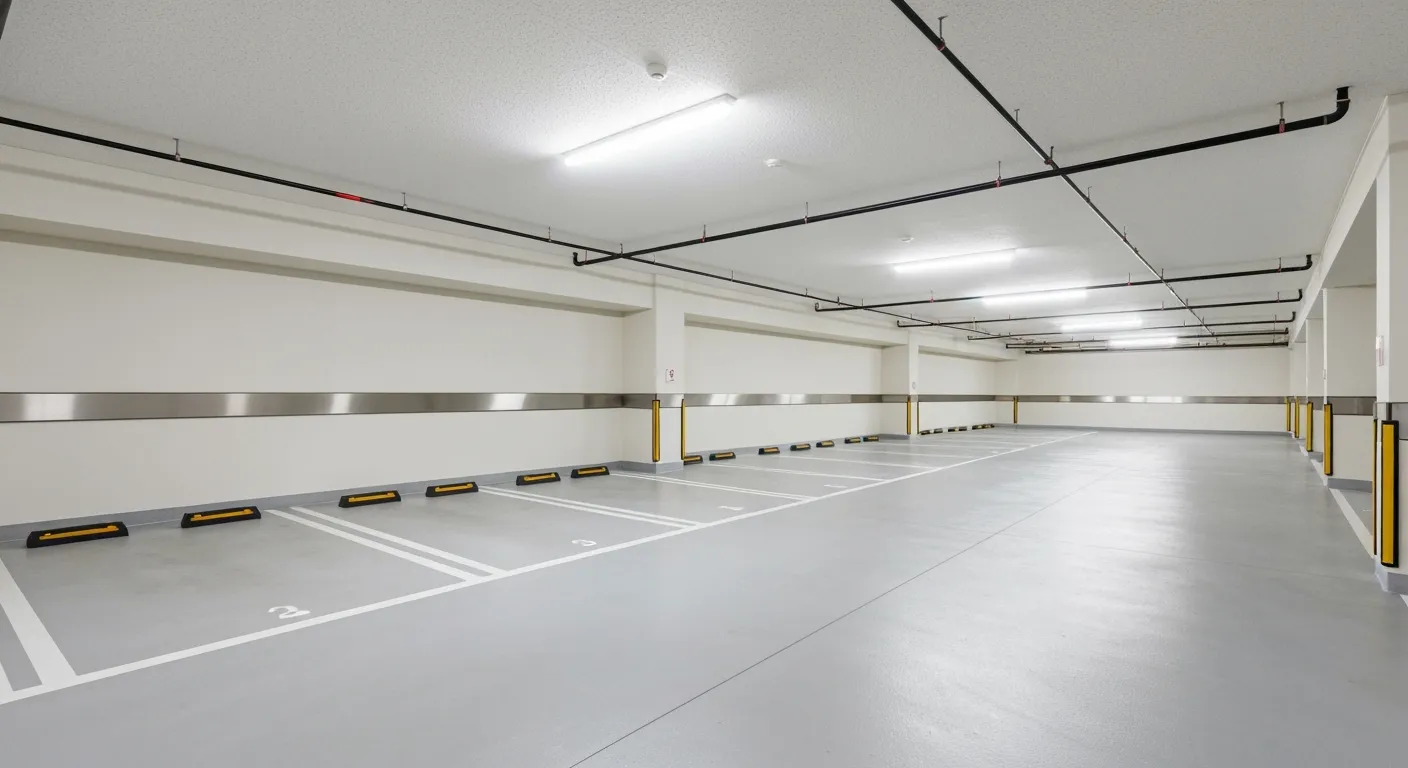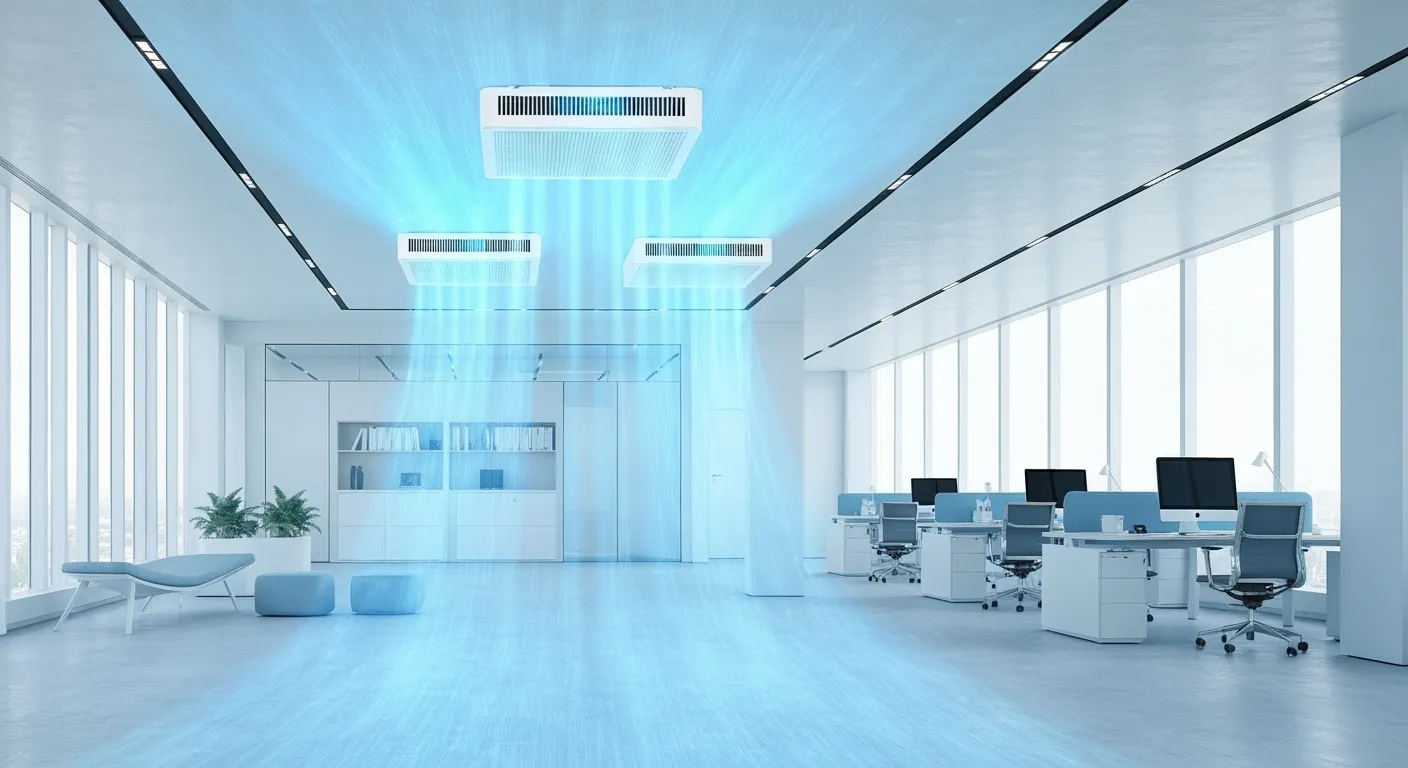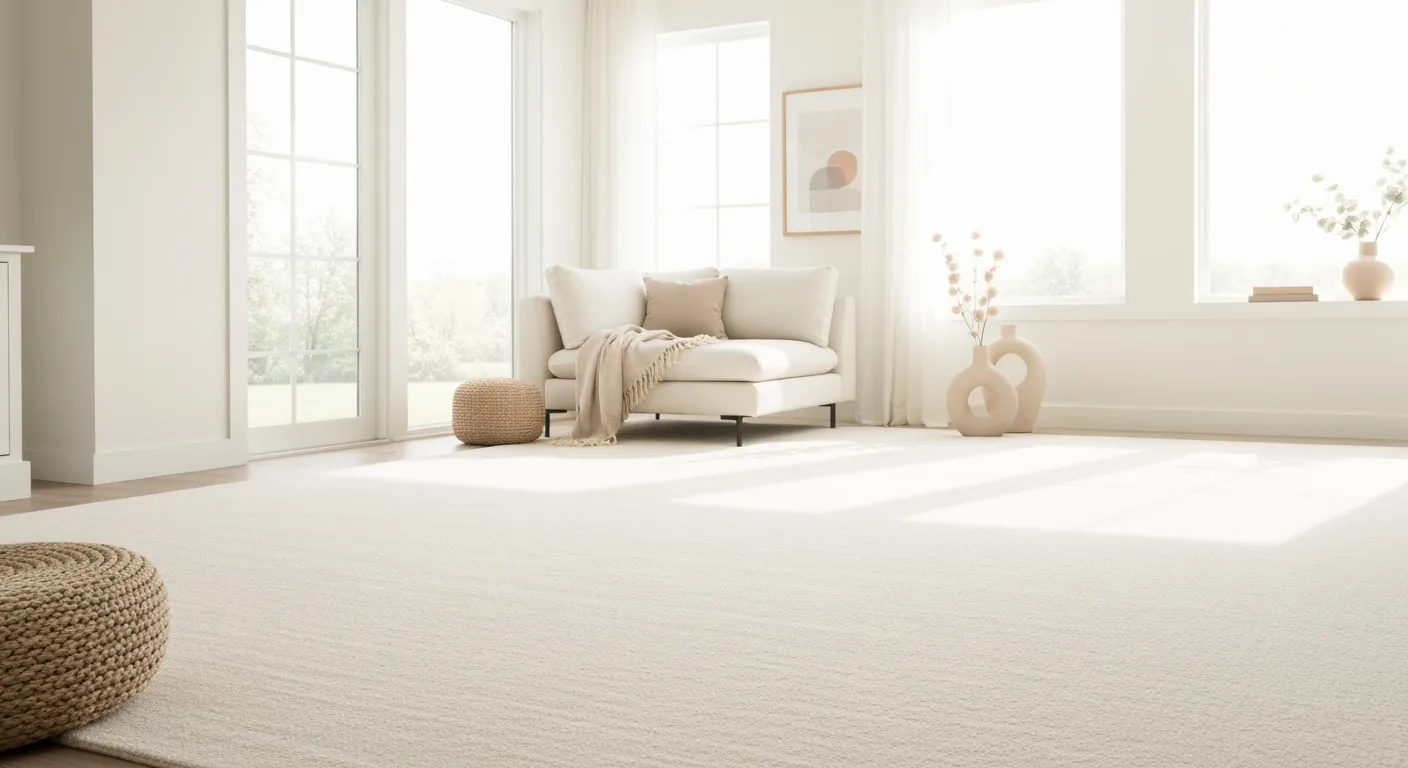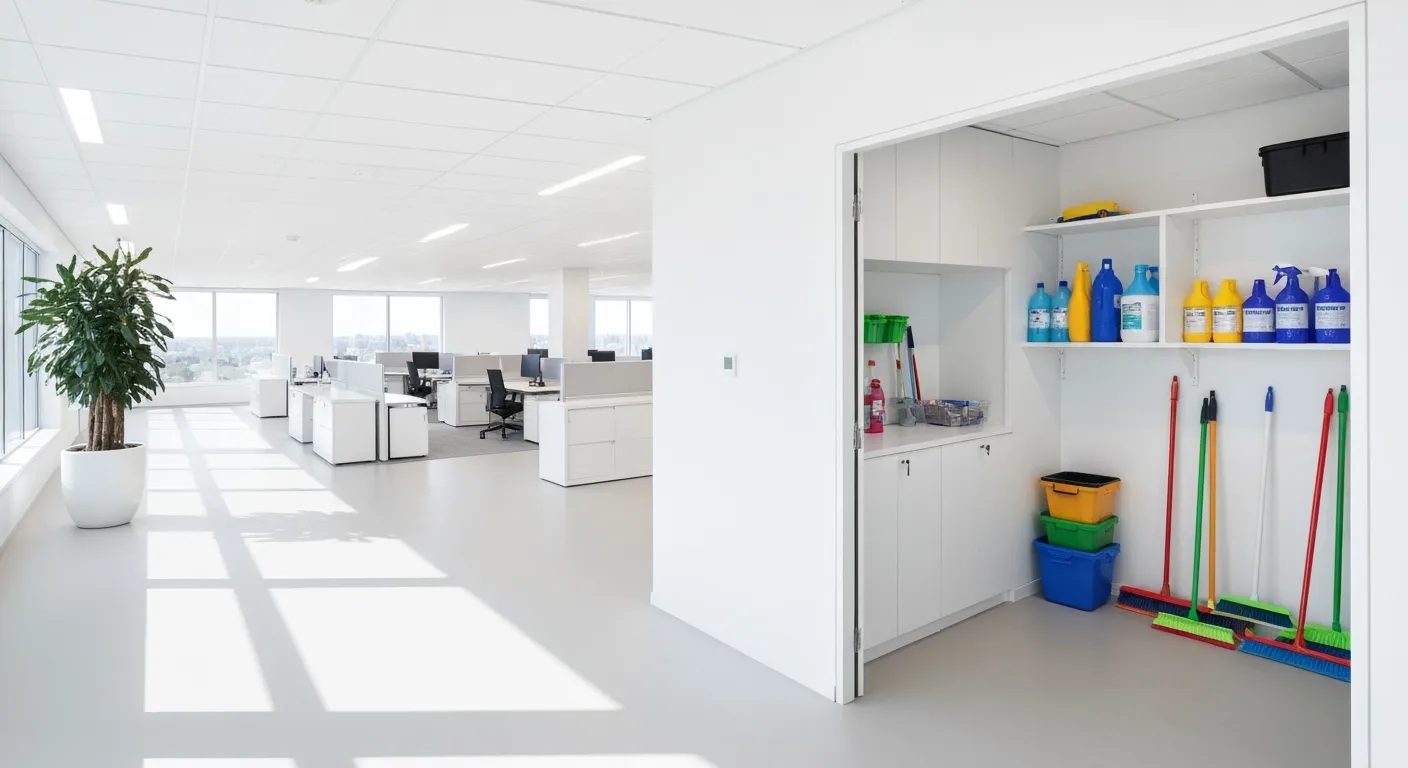The Most Overlooked Areas During Home Cleaning

Why Overlooked Areas Matter in Home Cleaning
Many homes appear clean but harbor dust, allergens, and microbes in less obvious places. These hidden spots can degrade indoor air quality, encourage mold growth, and reduce the lifespan of household items. Understanding and addressing commonly missed areas during routine cleaning is essential for a healthier and more comfortable living environment.
Dust and Dirt Hotspots Often Missed in Routine Cleaning
Which common household areas are frequently missed during cleaning?
Many households often overlook certain areas when cleaning, including baseboards and door frames, light fixtures, and ceiling fan blades. These spots commonly accumulate dust, grime, and allergens because they are either out of direct sight or difficult to reach.
How does dust buildup in these areas affect the home environment?
Dust accumulation in these overlooked areas can significantly reduce indoor air quality. It acts as a reservoir for allergens and microorganisms that may cause or worsen respiratory conditions and allergies, affecting the overall health of residents. Improving air quality through vent cleaning and regular dusting helps reduce allergens at home.
Tools to clean these areas effectively
To tackle these dust hotspots, use microfiber cloths for dust removal for gentle yet efficient dust removal. Extendable dusters are helpful for reaching ceiling fan blades and high light fixtures. Specialized brushes can clean narrow crevices such as door frames and baseboard grooves. Eco-friendly cleaning solutions like vinegar and baking soda make effective, non-toxic options for scrubbing grime without harsh chemicals.
Frequency recommendations for cleaning
Integrating cleaning of baseboards, door frames, light fixtures, and ceiling fans into your routine is important. These areas should generally be cleaned monthly to prevent excessive buildup, though if allergy sufferers are present or pets live in the home, weekly attention might be necessary to maintain a healthy environment.
Hidden Corners Beneath and Behind Furniture and Appliances
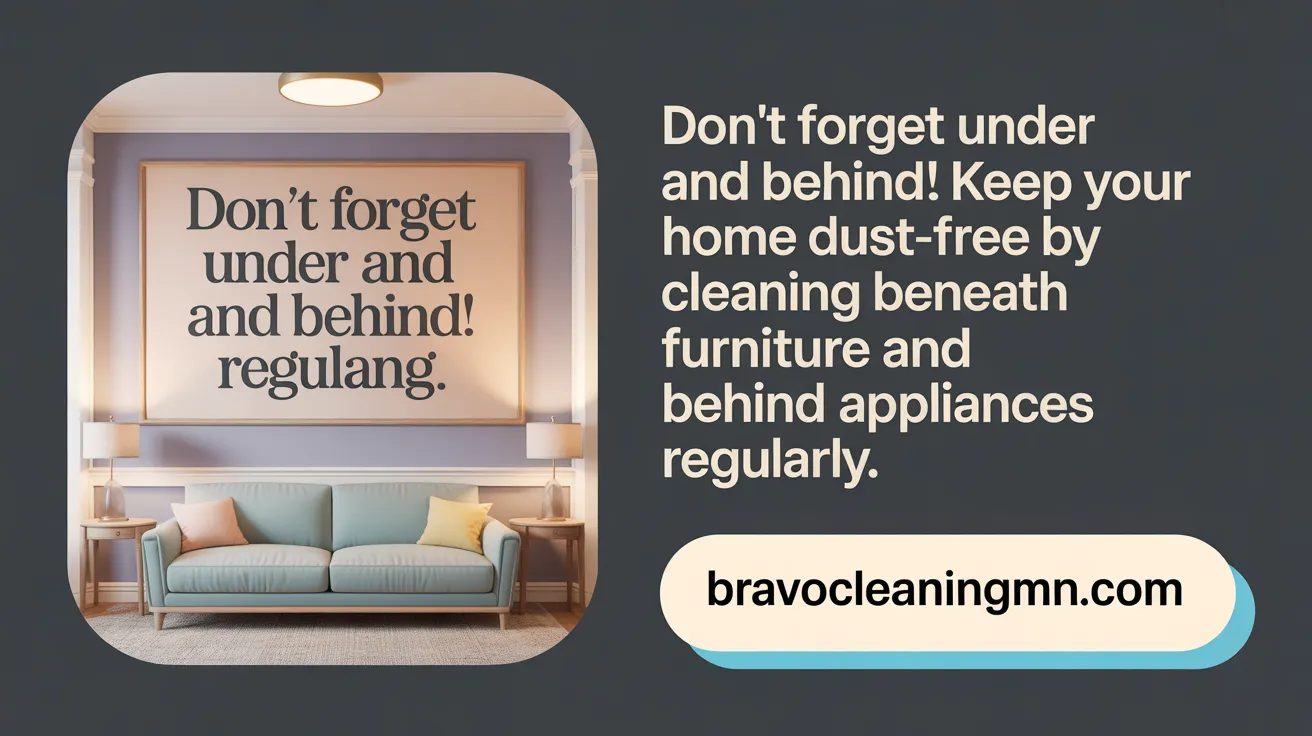
Why Clean Under and Behind Furniture?
These often-neglected areas beneath beds, sofas, and behind appliances like refrigerators and ovens accumulate dust, allergens, and grime. This buildup can impair indoor air quality, exacerbating allergies and respiratory issues. Additionally, dust and debris can reduce appliance efficiency by clogging vents and coils, leading to higher energy use and potential breakdowns. For more insights on overlooked places to clean and cleaning behind appliances, refer to these resources.
Tools and Techniques for Difficult-to-Reach Spots
Cleaning under heavy furniture requires the right tools and methods. Extendable dusters and vacuums with special attachments effectively capture dust in tight spaces. To safely access these areas, dollies and felt pads can help move bulky items without damaging floors. Combining these tools ensures a thorough clean without injury or strain. For tips on vacuum attachments for cleaning and safe furniture moving, consult the linked guide.
Benefits of Regular Cleaning in These Areas
Routine cleaning prevents dust and dirt accumulation, maintaining healthier indoor environments and prolonging appliance life. Removing hidden debris keeps floors cleaner and prevents pests attracted by food crumbs or moisture buildup. Incorporating these spots into monthly or seasonal cleaning routines supports overall home hygiene and energy efficiency. Discover more about routine cleaning and the importance of air vent cleaning.
Frequently Touched Surfaces and Germ Hotspots
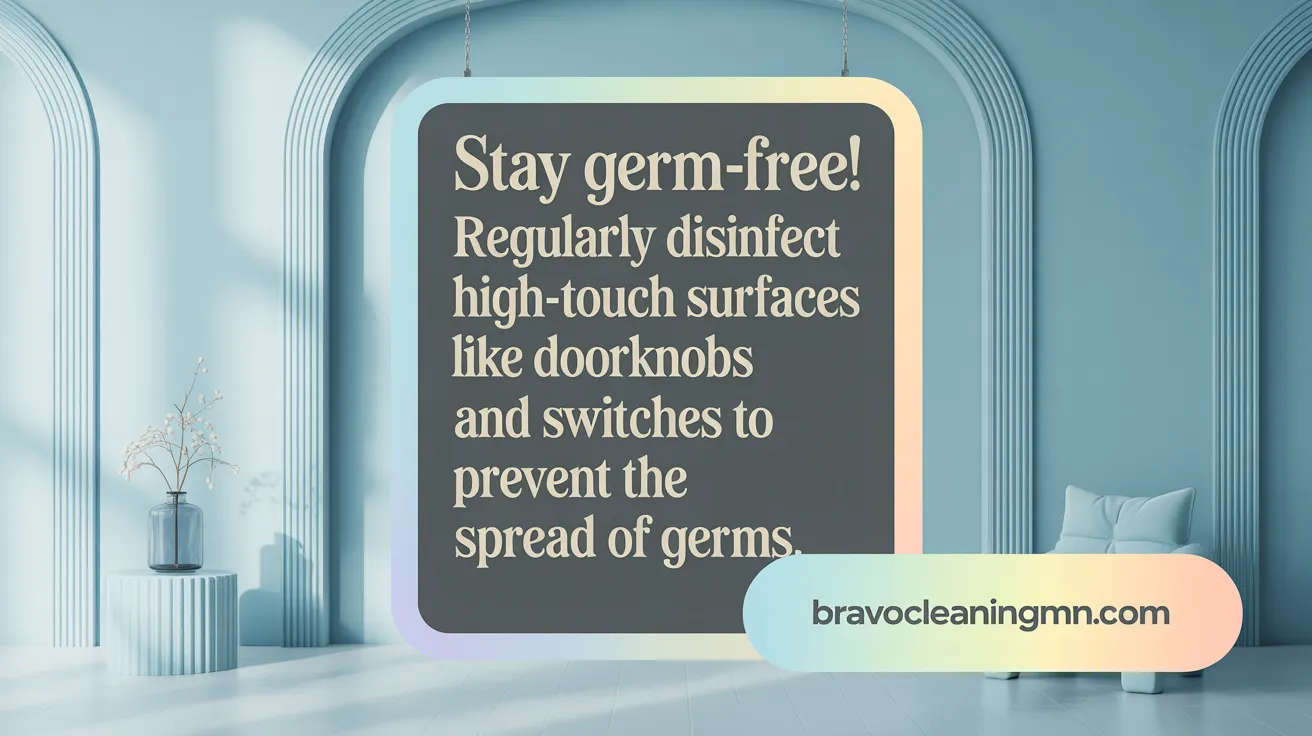
Which surfaces in the home harbor the most germs?
High-touch surfaces such as door knobs, light switches, faucet handles, and remote controls are significant reservoirs for germs and bacteria. These areas are touched frequently by multiple people, making them common spots where pathogens can accumulate and spread.
Importance of disinfecting high-touch surfaces
Regular disinfection of these surfaces is crucial to reduce the risk of germ transmission and maintain a hygienic home environment. Neglecting to clean these frequently contacted spots can contribute to the spread of illnesses and increase contamination in the household.
Recommended cleaning products and frequency
It is recommended to clean and disinfect these surfaces frequently, particularly during periods of illness or outbreaks. Use EPA-registered disinfectants or rubbing alcohol-based solutions for effective germ elimination. Cleaning should be incorporated into weekly routines or increased as needed to keep these hotspots sanitary.
Maintaining consistent hygiene on these germ-prone items helps reduce health risks and supports a cleaner, safer living space for all occupants.
Kitchens and Laundry Areas: Inside Appliances Often Neglected
Which appliance interiors require regular cleaning to prevent mold and odors?
Many kitchen and laundry appliances have interiors that are often overlooked during routine cleaning but are essential to maintain. Dishwashers contain filters that trap food debris and can develop mold or unpleasant odors if not cleaned regularly. Washing machine door gaskets collect moisture and grime, providing a breeding ground for mold and mildew. Garbage disposals frequently harbor hidden mold, decay, and clogs due to leftover food particles. Microwave interiors can accumulate food splatters and bacteria, requiring periodic cleaning. Additionally, refrigerator drawers often house bacteria like E. coli from spilled food and need regular cleaning to prevent contamination and odors.
What are effective natural ingredients for cleaning these areas?
Natural cleaning agents such as baking soda and vinegar provide efficient, cost-effective, and eco-friendly solutions for tackling grime in these appliances. Baking soda is mildly abrasive and excellent at deodorizing, while vinegar has antimicrobial properties that help break down mineral deposits and kill mold. For example, cleaning garbage disposals weekly with a combination of vinegar and baking soda can reduce odors and break down clogs. Dishwashers and washing machine seals can be wiped and rinsed with vinegar-based solutions to prevent mildew buildup. Microwaves can be cleaned by steaming vinegar-water mixtures inside them before wiping down surfaces. These methods avoid harsh chemicals and protect appliance materials while maintaining hygiene.
Impact on appliance hygiene and longevity
Regular cleaning of these often-neglected appliance interiors promotes better hygiene by reducing bacteria, mold, and odors that can affect food safety and indoor air quality. Maintaining appliances in a clean state also extends their operational life by preventing clogs, corrosion, and mechanical issues associated with buildup. This proactive care reduces the need for costly repairs or replacements and ensures safer, more efficient home functionality. Incorporating these natural cleaning routines into monthly or seasonal schedules preserves the health of your kitchen and laundry appliances for the long term. For guidance on scheduling and effective cleaning strategies, see regular cleaning routines and monthly, weekly, and seasonal cleaning.
Textiles and Soft Furnishings That Accumulate Dust and Allergens
How do textiles contribute to allergen buildup in the home?
Textile items such as pillows, comforters, throw pillows, curtains, and upholstery serve as hidden reservoirs for dust mites, skin flakes, and bacteria. These fabrics trap allergens over time, contributing significantly to indoor allergen levels and potentially impacting respiratory health. For more information, see reducing allergens at home and cleaning pillows and comforters.
What cleaning methods help maintain these items?
Regular cleaning plays a crucial role in reducing allergen accumulation and controlling odors. Washing pillows, comforters, and throw pillows in warm water helps eliminate dust mites and bacteria effectively. Curtains and upholstery benefit from periodic vacuuming with a soft brush attachment, which gently removes dust and allergens without damaging the fabric. Also helpful are tips on vacuuming curtains and upholstery.
Hand washing remains an option for delicate textiles that cannot be machine washed, ensuring thorough cleaning while preserving the item's integrity. You can find more about washing plastic shower curtains and washing pet bedding regularly.
Washing frequency and vacuuming techniques
To maintain a healthy indoor environment, washing soft furnishings like bedding and throw pillows every few weeks is advisable. Curtains and upholstery should be vacuumed at least monthly with a soft brush tool to prevent dust buildup. These routines contribute to allergen reduction and help keep the home smelling fresh. See vacuum attachments for cleaning and dusting ceiling fans and light fixtures for complementary cleaning tips.
Effect on allergen reduction and odor control
Consistent attention to textiles not only reduces the presence of allergens but also helps control odors caused by bacteria and accumulated dirt. Combined with other home cleaning practices, this maintenance supports a cleaner, healthier living space free from excess dust and allergenic materials. For further guidance on reducing allergens and maintaining indoor air quality, consult specialized resources.
Air Vents, Filters, and HVAC Maintenance for Better Air Quality
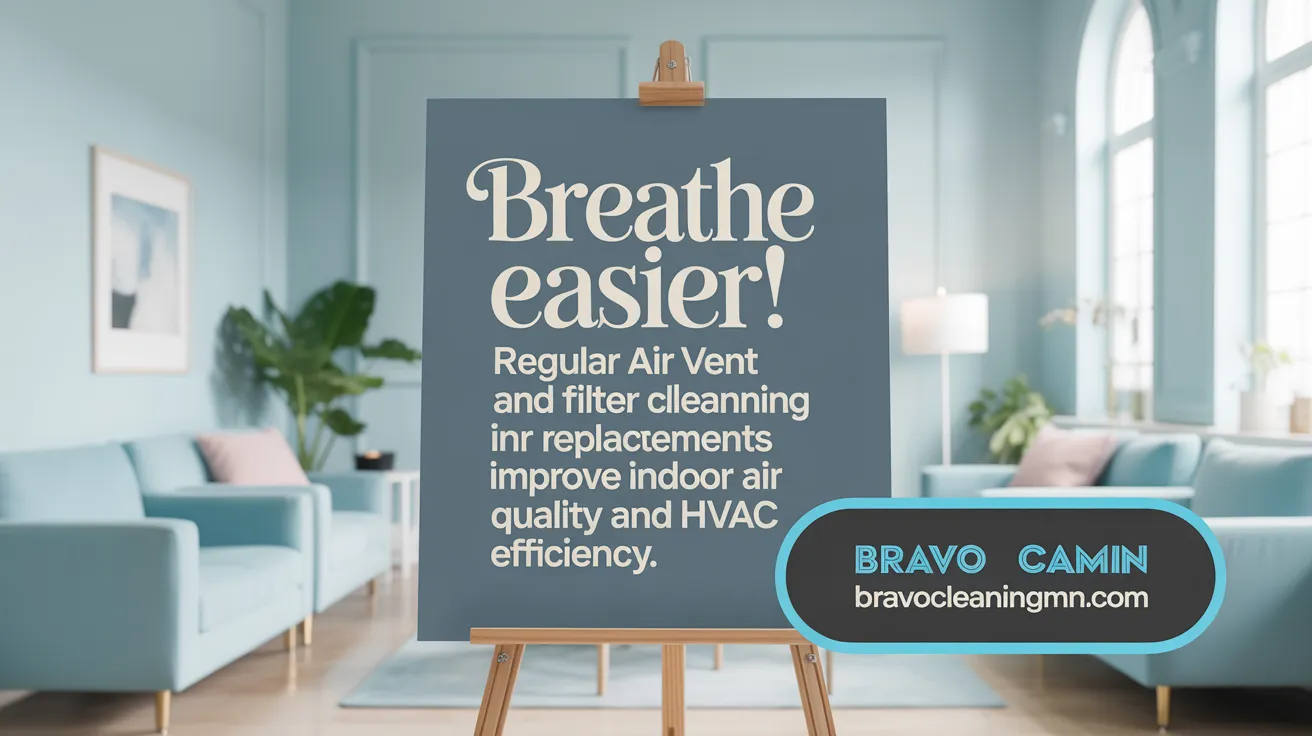
Why is cleaning air vents and replacing HVAC filters important?
Cleaning air vents and replacing HVAC filters are essential tasks to maintain a healthy home environment. Over time, dust, mold, and other allergens accumulate inside air vents and ducts, which can degrade indoor air quality and aggravate respiratory issues like allergies and asthma. Additionally, clogged or dirty filters reduce the efficiency of HVAC systems, leading to higher energy consumption and potential system strain. For more information, see Cleaning air vents and Replacing HVAC filters.
What is the recommended procedure for cleaning vents?
To clean air vents effectively, start by carefully removing the vent covers. These covers can be washed with soapy water to eliminate dust and grime. Next, vacuum the interior of the ducts thoroughly to remove any remaining dust, mold spores, or debris nested inside. After cleaning, replace the vent covers securely to ensure proper air circulation. Check Air vent cleaning process for detailed cleaning steps.
Regular filter replacement
Regularly changing HVAC filters is crucial to sustain air quality and system performance. Filters trap airborne particles, and when clogged, they restrict airflow, making the system work harder and reducing its lifespan. Filters should generally be replaced every 3 to 6 months, but more frequent changes may be necessary in homes with pets, smokers, or allergy sufferers. Learn more about Maintaining indoor air quality and Changing air filters regularly.
Maintaining clean air vents and fresh filters not only improves respiratory health by reducing exposure to airborne irritants but also enhances system energy efficiency, lowering utility costs and extending appliance longevity. For additional insights, visit Improving air quality through vent cleaning and Preventing dust buildup in vents.
Trash Cans and Garbage Disposals: Preventing Odors and Bacteria
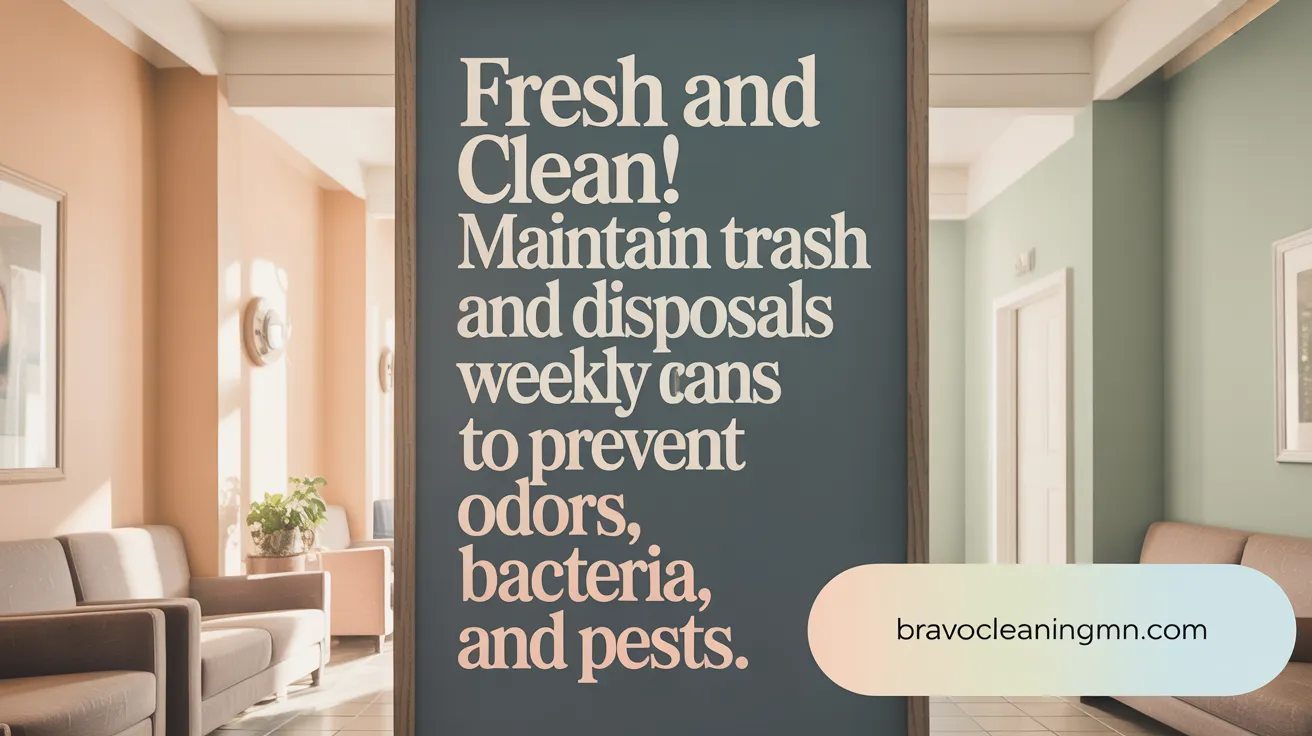
How should trash cans be maintained to prevent odor and bacteria buildup?
Regular cleaning of trash cans is essential to prevent the accumulation of odors, bacteria, and insects. Ideally, trash cans should be cleaned once a week. This involves scrubbing them thoroughly with brushes while using baking soda as a natural deodorizer and cleaning agent. Following the scrubbing, applying disinfectant sprays will help kill germs. For best results, wash and disinfect trash cans outdoors in sunny weather to allow effective drying and natural disinfection. Learn more about cleaning trash cans and maintaining a disinfecting trash cans weekly routine.
What cleaning routine helps maintain garbage disposals?
Garbage disposals require consistent care to prevent mold growth, decay, and clogs. A weekly cleaning routine using natural products like vinegar and baking soda is recommended. Pouring baking soda followed by vinegar into the disposal helps break down buildup and eliminate odors. This method is an eco-friendly and efficient way to keep garbage disposals fresh and functioning properly. For more, see cleaning garbage disposals and using vinegar as household cleaner.
Natural disinfectants for a healthier cleaning routine
Using natural disinfectants like baking soda and vinegar not only helps clean these areas effectively but also avoids harsh chemicals that can be harmful to health and the environment. These ingredients are cost-effective and readily available in most households. Discover more about creating cost-effective cleaning solutions and safe cleaning practices.
Regular maintenance of these often-neglected areas contributes significantly to a fresher, healthier home environment while preventing unpleasant smells and insect attraction. For further guidance on overlooked places to clean and common overlooked cleaning areas, check out these resources.
Planning and Strategies for Effective, Safe, and Efficient Cleaning
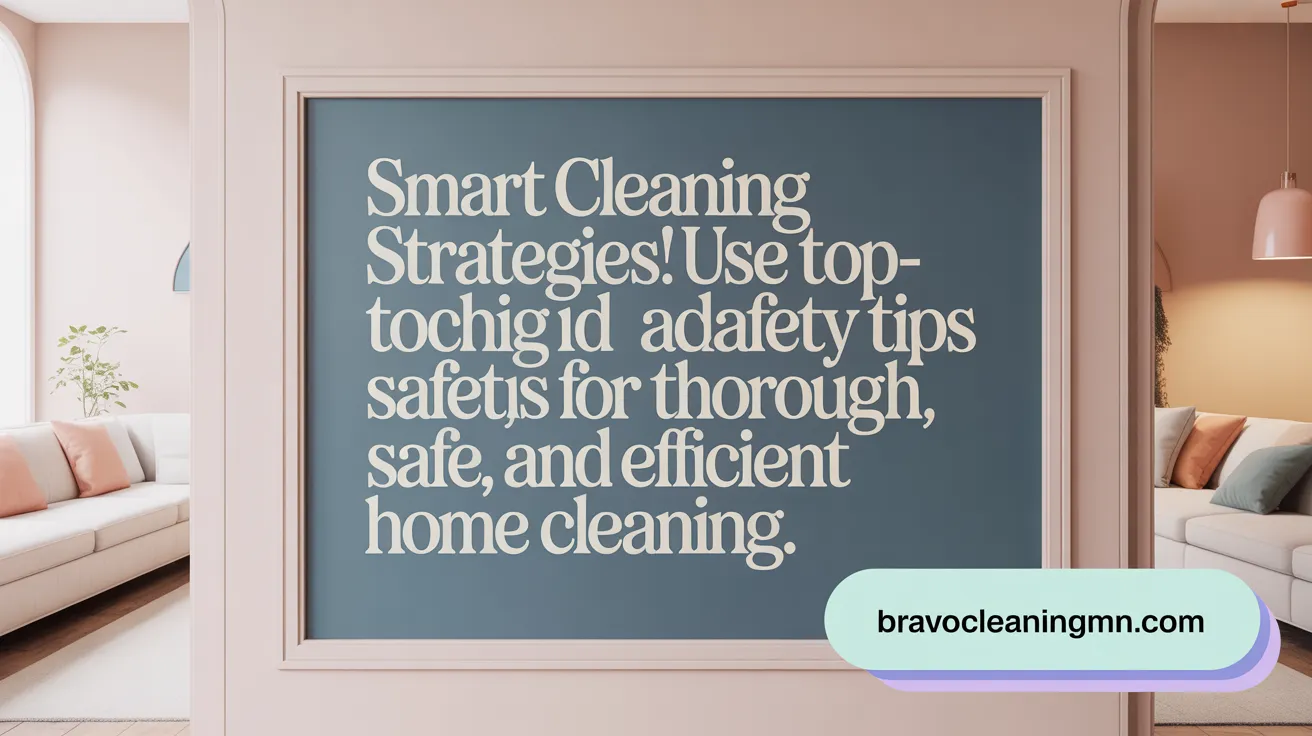
What cleaning strategy helps ensure thorough coverage and efficiency?
A top-down cleaning approach is vital, working from ceilings and high surfaces down to floors to avoid recontaminating already cleaned areas. Gathering all cleaning supplies beforehand and creating a room-by-room plan streamlines the process and prevents interruptions. Using microfiber cloths and HEPA-filter vacuums enhances dust removal, especially in hard-to-reach spots.
What safety tips should be considered when cleaning?
To ensure safety, use disinfectants only when necessary, such as during illness or hazardous messes. Follow product labels carefully, avoid mixing different cleaning chemicals, and select EPA-certified safer products with Safer Choice labels. Additionally, ventilate spaces well and protect skin and eyes during cleaning.
How can overlooked areas be included in regular cleaning routines?
Scheduling regular cleaning for commonly missed spots like baseboards, vents, and appliance interiors helps maintain a healthier home. Incorporate these tasks monthly or seasonally, adjusting frequency based on household needs. Eco-friendly alternatives like vinegar and baking soda can be effective and reduce chemical exposure.
Overall, a planned, methodical approach combined with safe practices and effective tools promotes efficient cleaning that protects both your home environment and your health.
Keeping Hidden Areas Clean for a Healthier Home Environment
Overlooked spots around the home can harbor dust, germs, allergens, and grime that impact air quality, hygiene, and the longevity of belongings. By targeting these frequently forgotten areas—from under furniture and behind appliances to soft furnishings and air vents—and incorporating natural cleaning methods along with systematic routines, homeowners can achieve a truly clean and healthier living space. Regular attention to these hidden zones not only enhances comfort but also preserves the function and beauty of the home over time.


